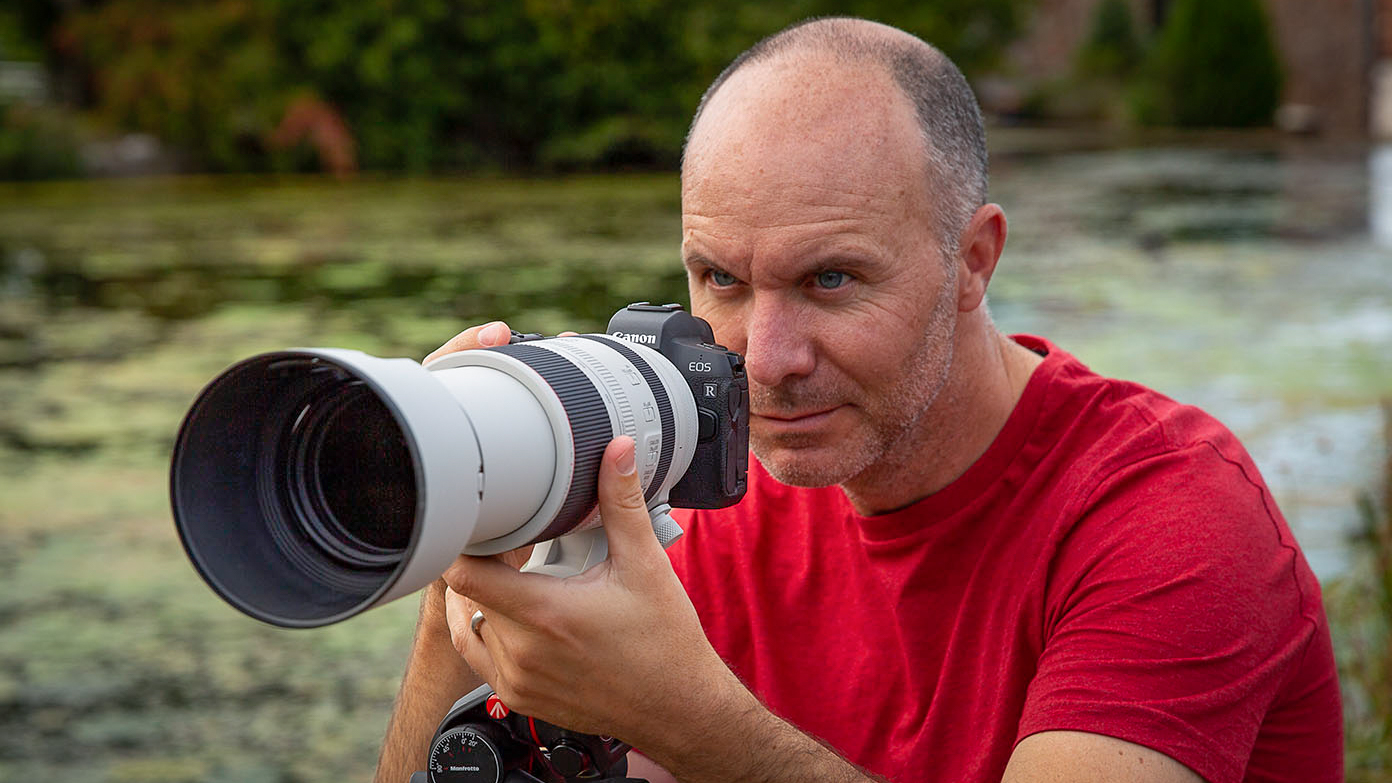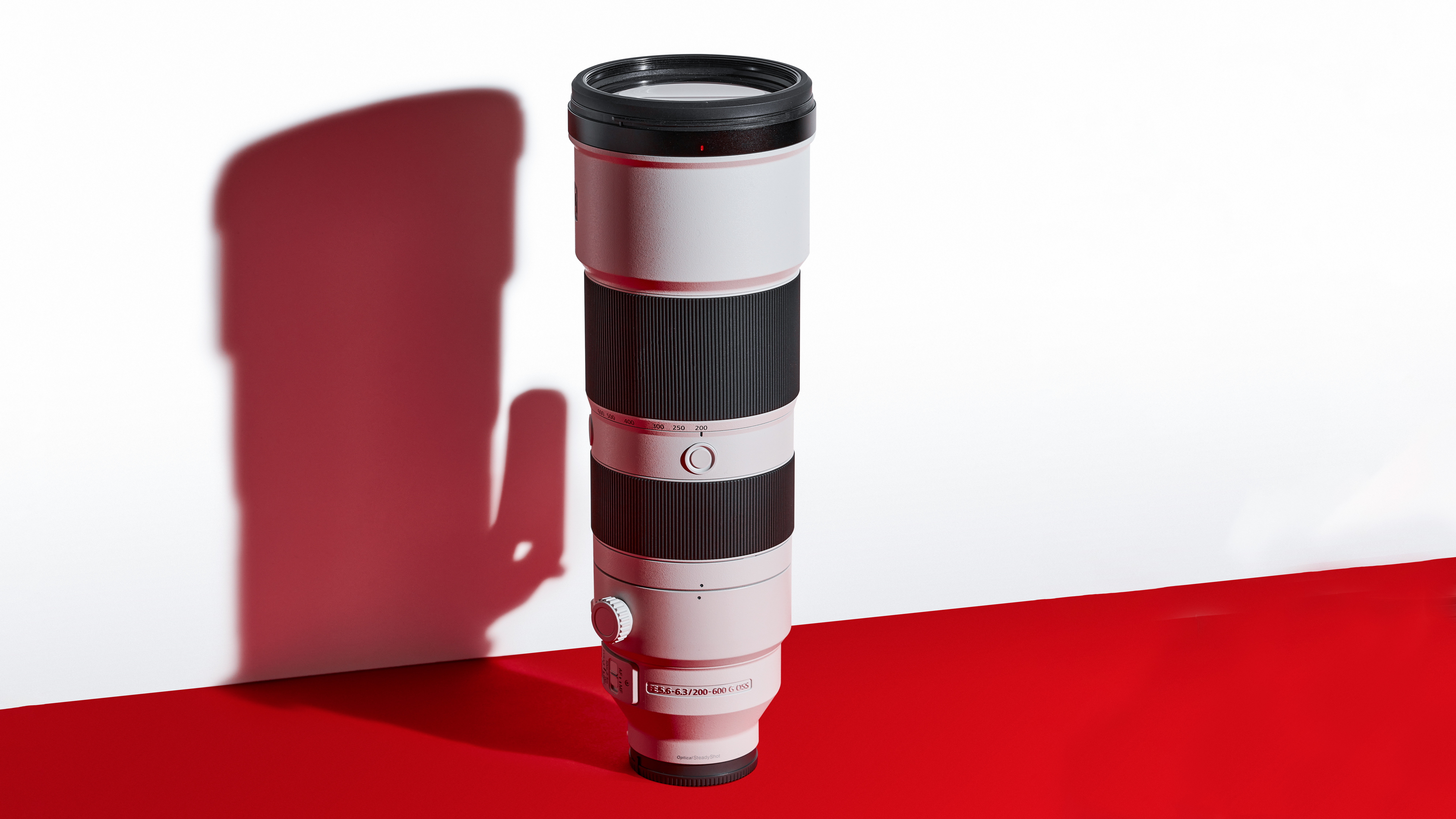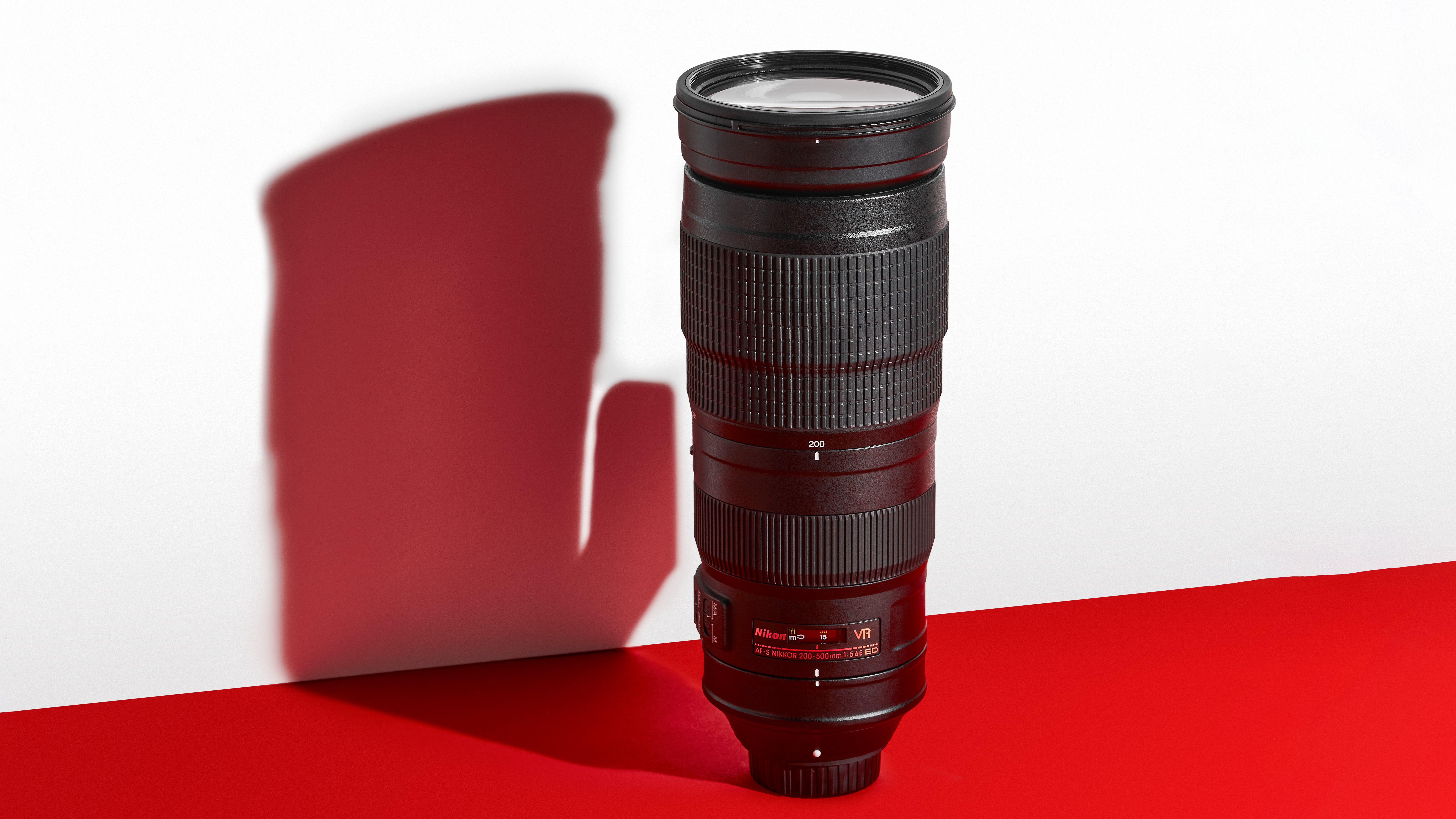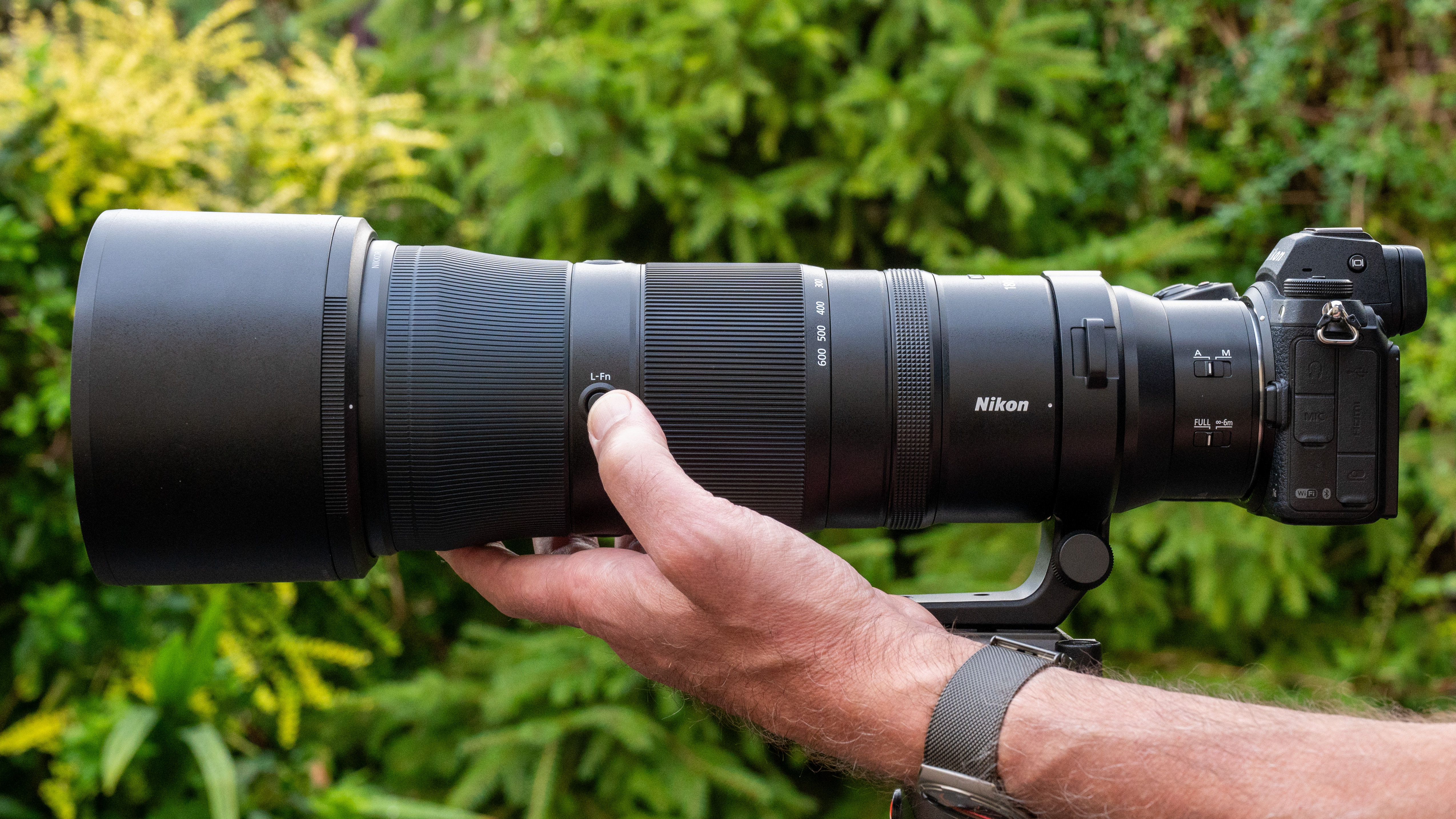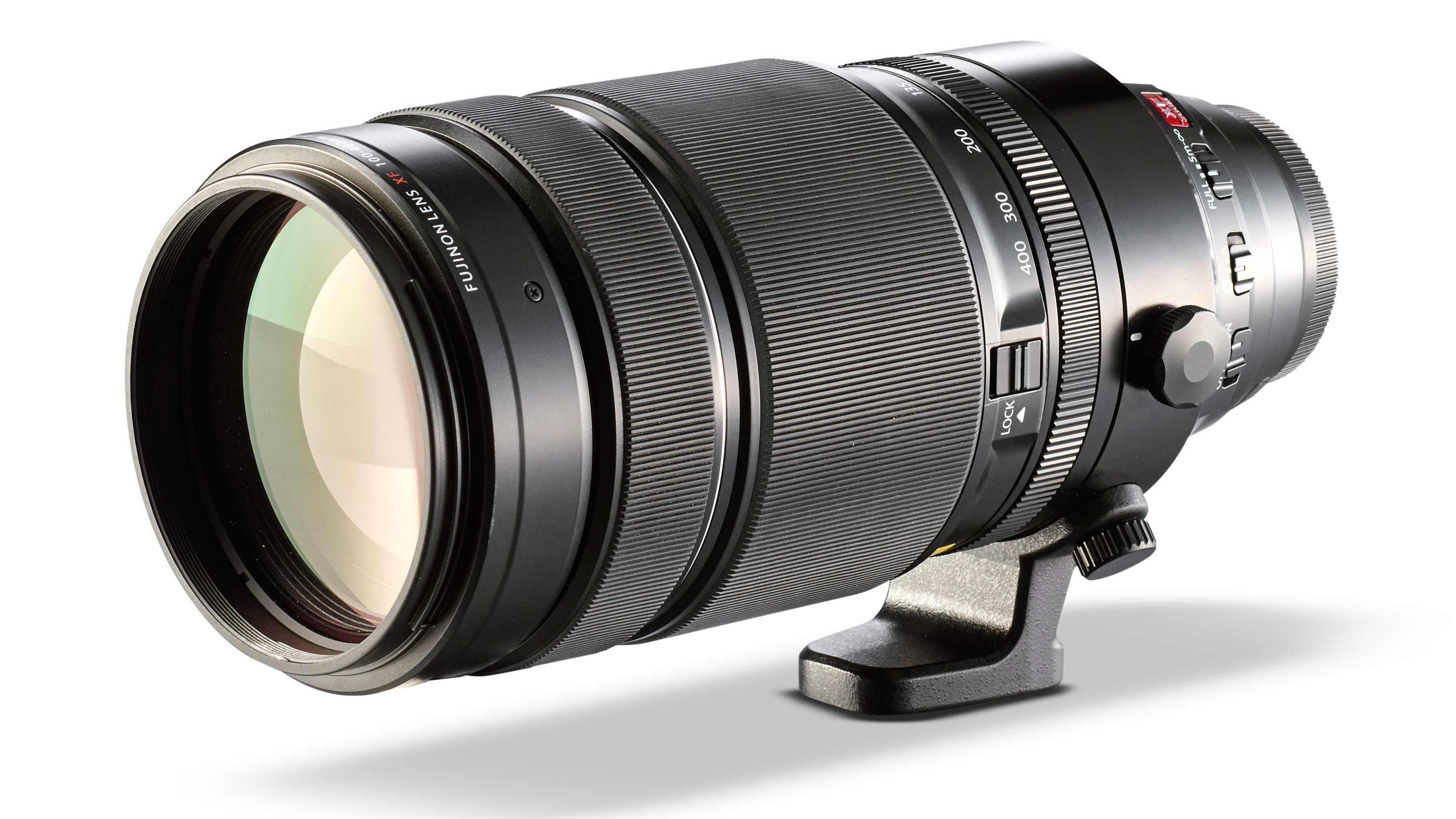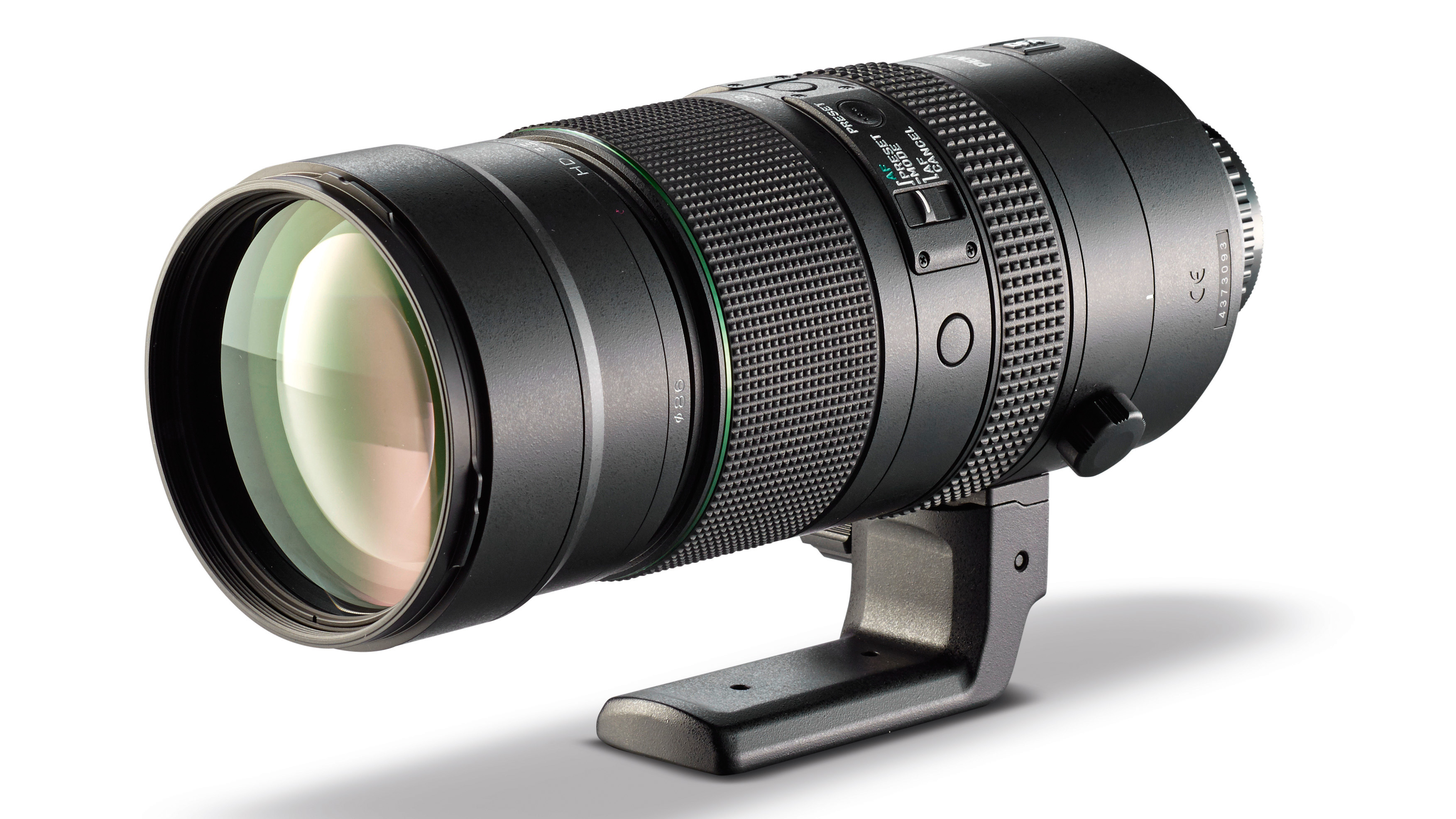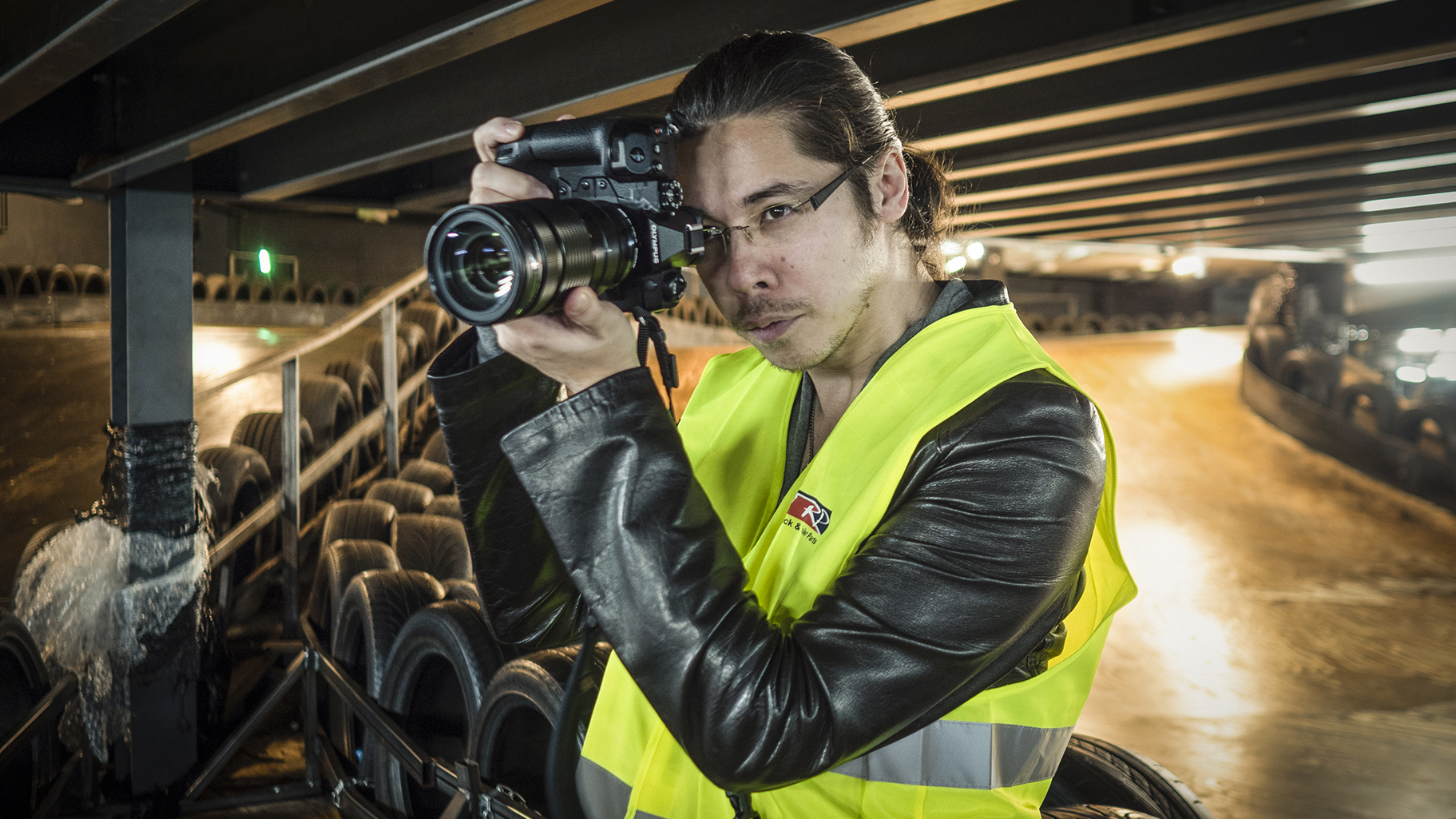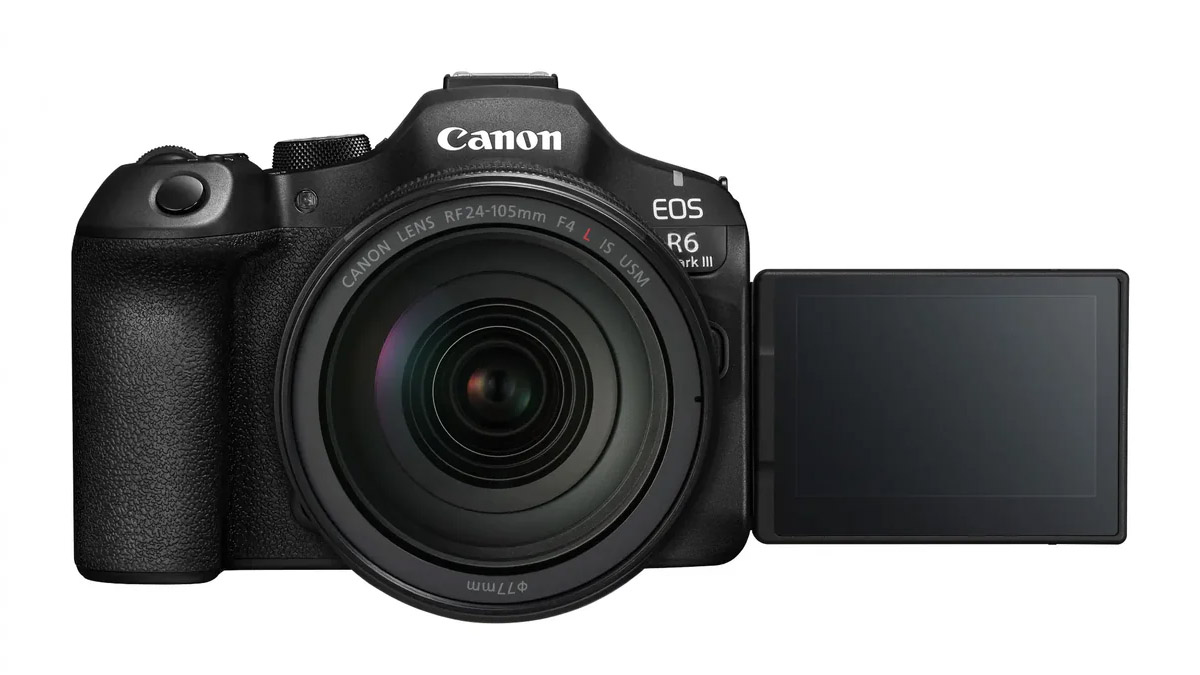The best lenses for sports photography: telephoto zooms that get you closer to the action
Shoot sports? You'll need one of the best lenses for sports photography – here are the best buys for Canon, Sony, L-mount, Nikon, Fujifilm, Pentax and Micro Four Thirds shooters
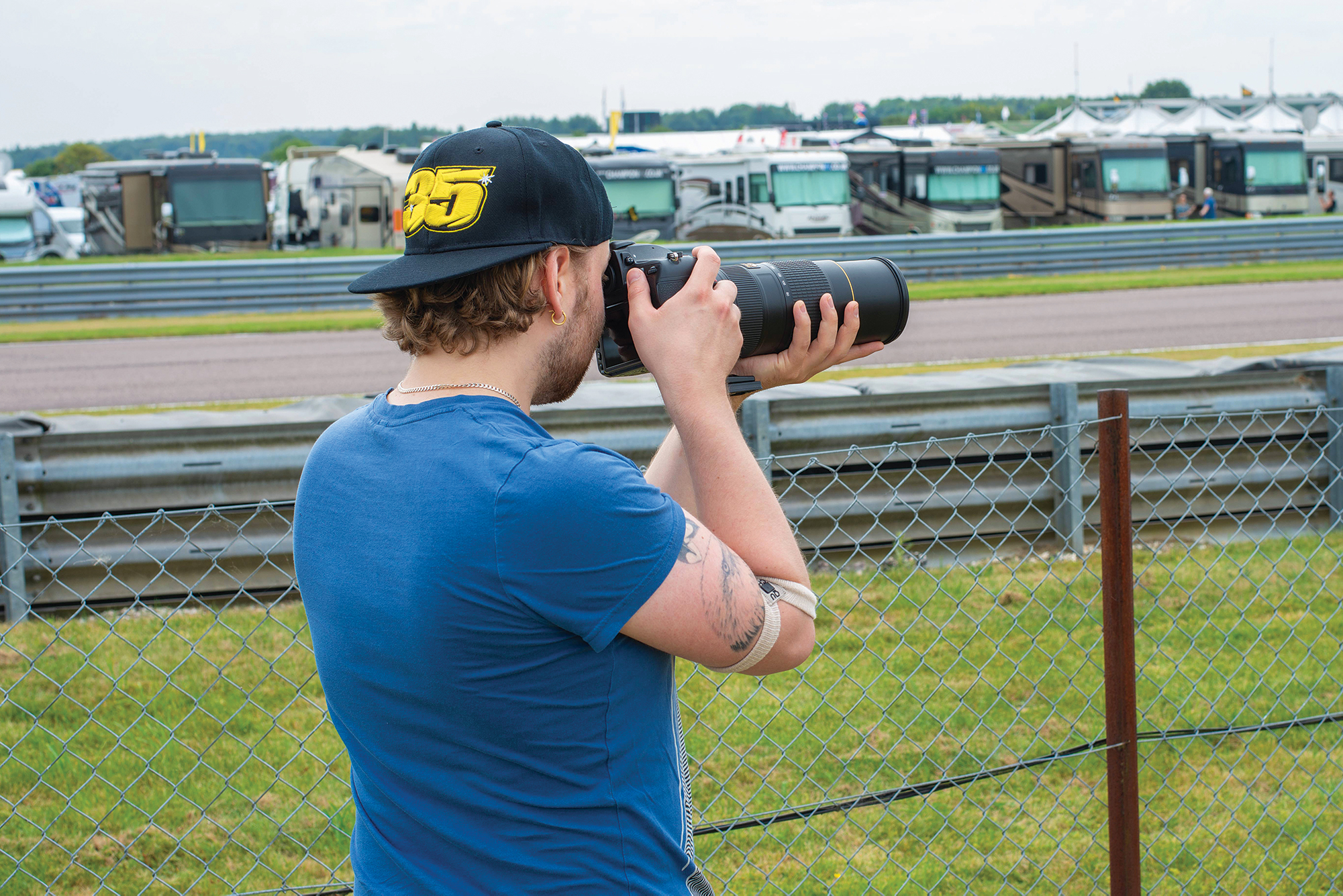
I've long been into sports photography and have always found that I need seriously good telephoto lenses for capturing fast action on the pitch or on the track. Whether you're photographing athletics, ball games or motor sports, the principles of what makes a good lens are the same – so this guide should prove handy for sports shooters of all stripes.
Using one of the best lenses for sports will benefit you if you're shooting from the peanut gallery or you're lucky enough to have a media pass. The main thing it will give you is telephoto reach, with a versatile zoom range that enables you to react to the action. Other things to look out for are a fast aperture, weather sealing and image stabilization – which can compensate for a lack of stabilization in your camera body or even work in sync with it.
Remember that some third-party glass is compatible with multiple systems and that many DSLR lenses work with mirrorless cameras via mount adapters, often with full functionality of autofocus and stabilization. If you need a new camera, too, check out our guide to the best cameras for sports photography.

I'm Digital Camera World's principal lens reviewer, having personally tested hundreds of lenses over the last 20 years, along with using and reviewing all manner of camera gear. In my spare time I love visiting racing tracks to photograph motorbikes, so I've put these lenses through their paces in the real world of sports shooting!
The Quick List
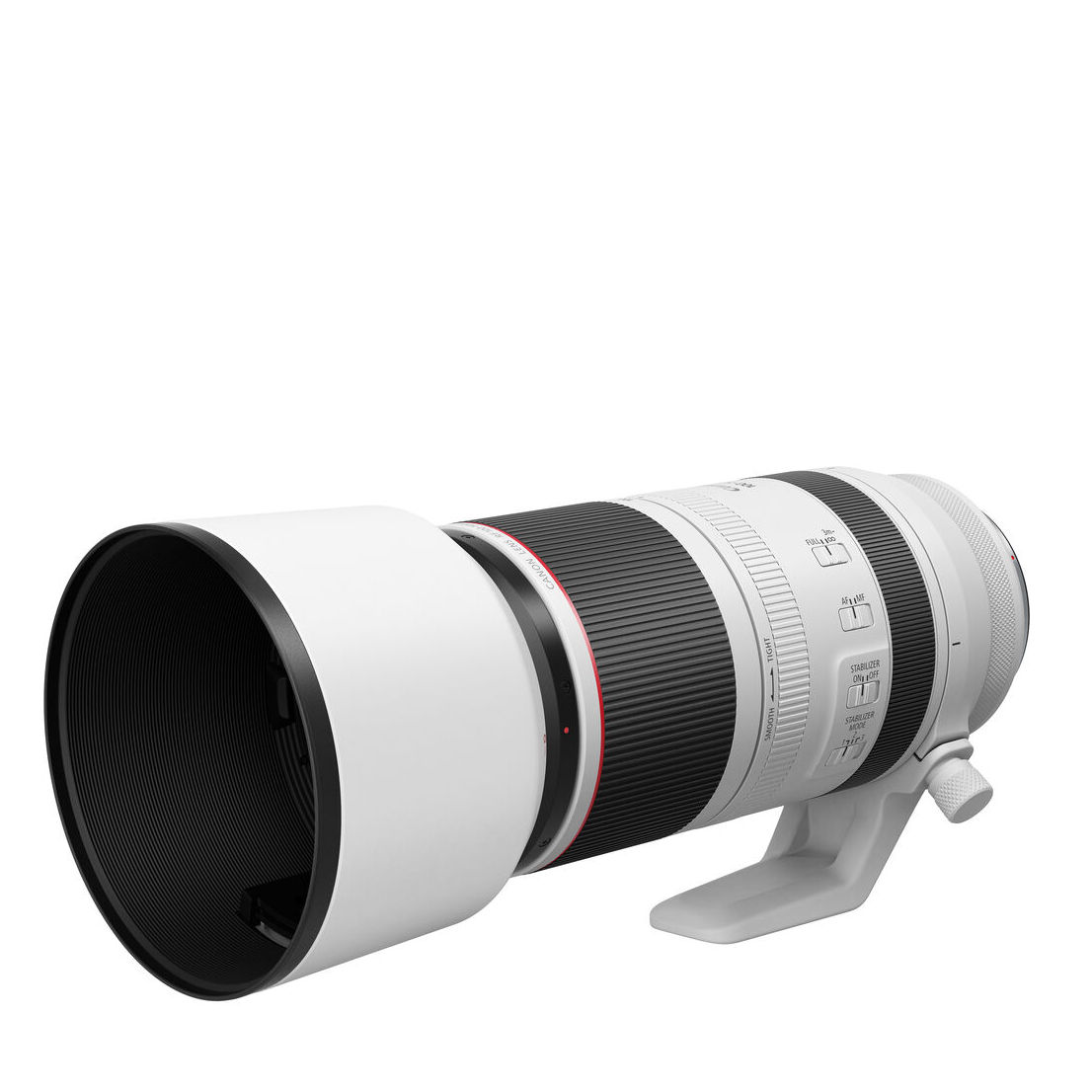
For Canon mirrorless cameras, this stunning lens offers incredible reach and stellar image quality. I love the twist-ring zoom and the effective stabilization.
Read more below
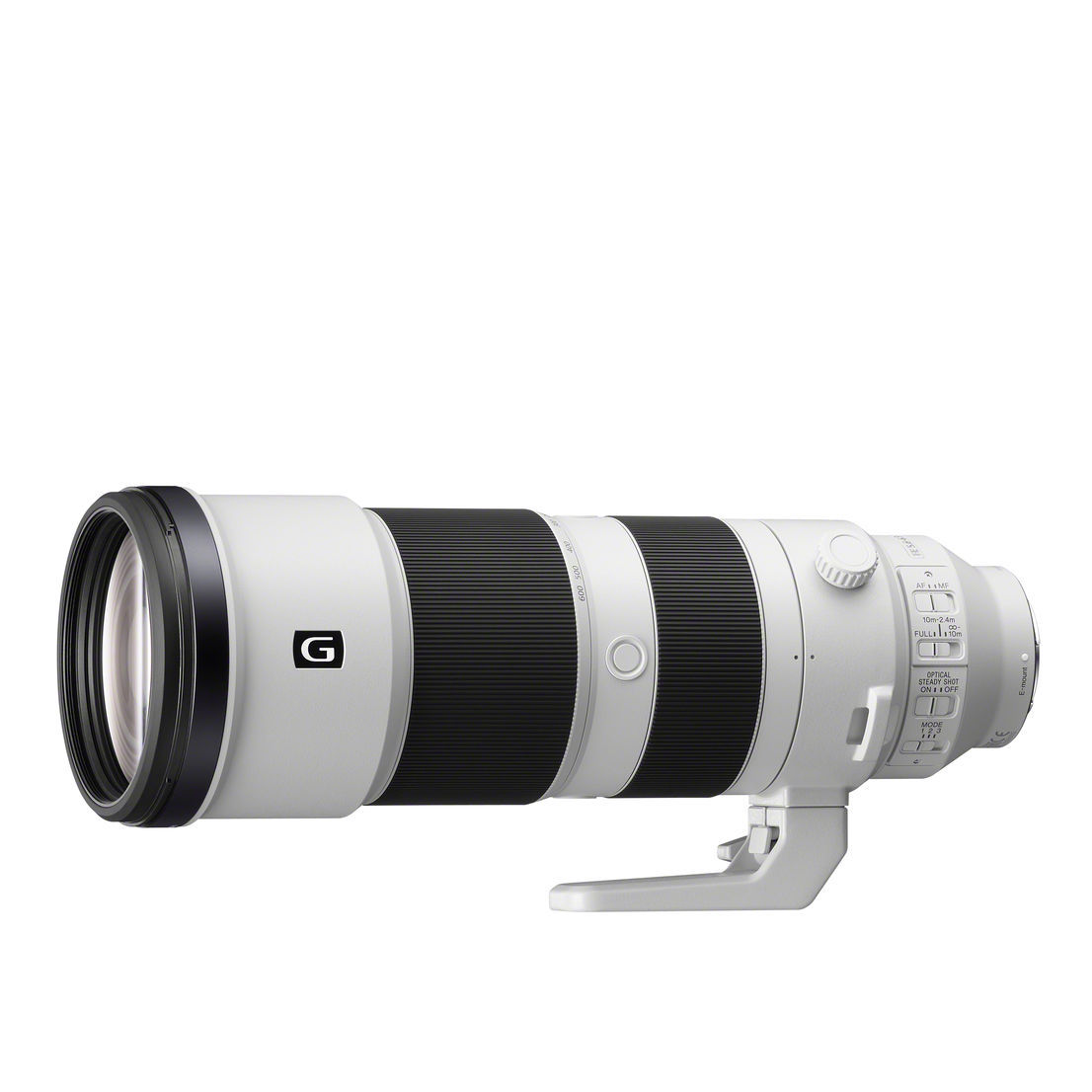
For E-mount cameras, this monster zoom is spectacular, with a big maximum aperture, lots of physical controls and great stabilization.
Read more below
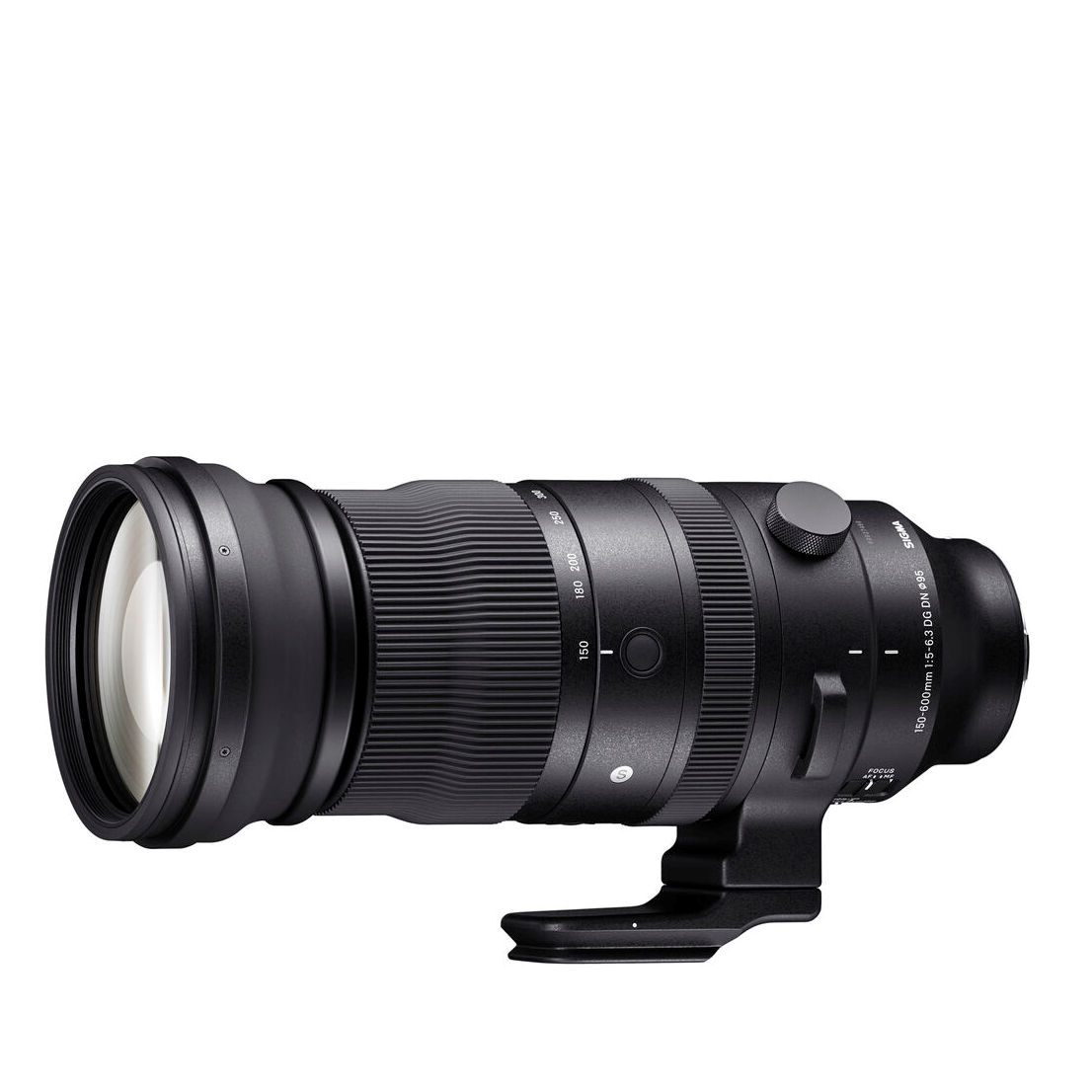
Sigma has produced a sublime L-mount lens that focuses fast and handles brilliantly. It's also available for Sony E-mount.
Read more below
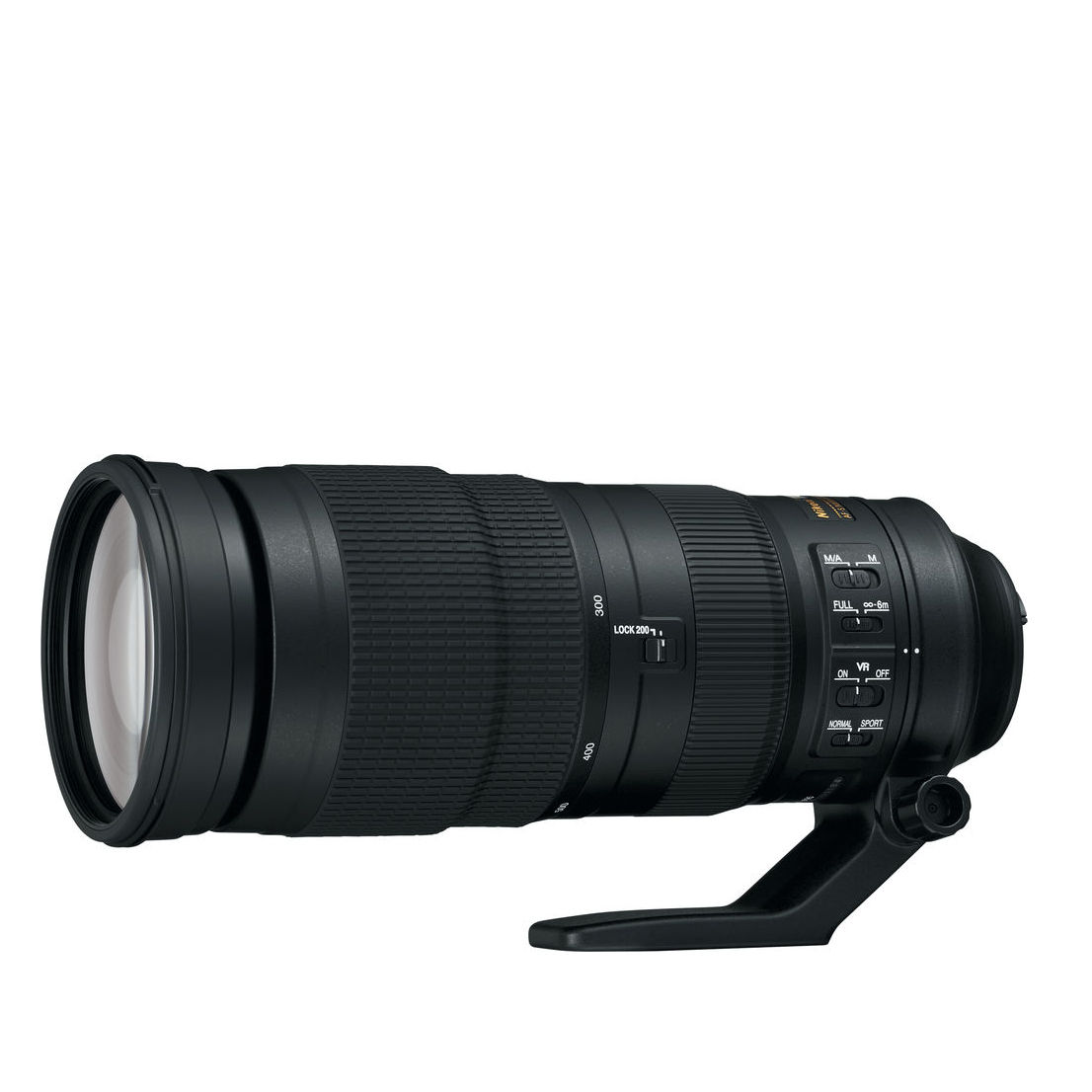
A classic for a reason, Nikon's 200-500mm zoom is an outstanding choice for F-mount DSLRs, with a constant aperture of f/5.6 and Vibration Reduction.
Read more below
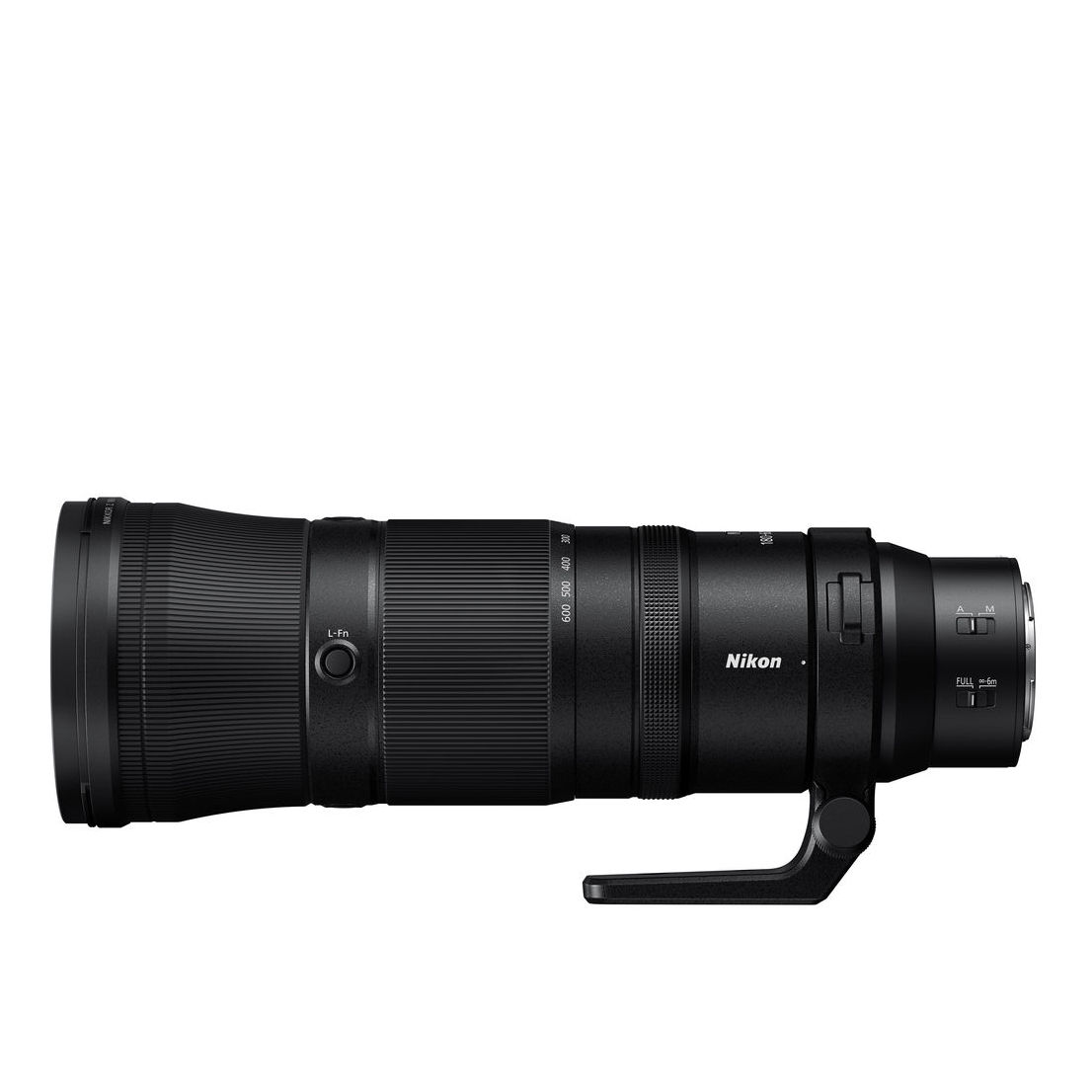
Nikon's mirrorless update to a classic lens expands the zoom range in both directions, along with adding a raft of other improvements.
Read more below
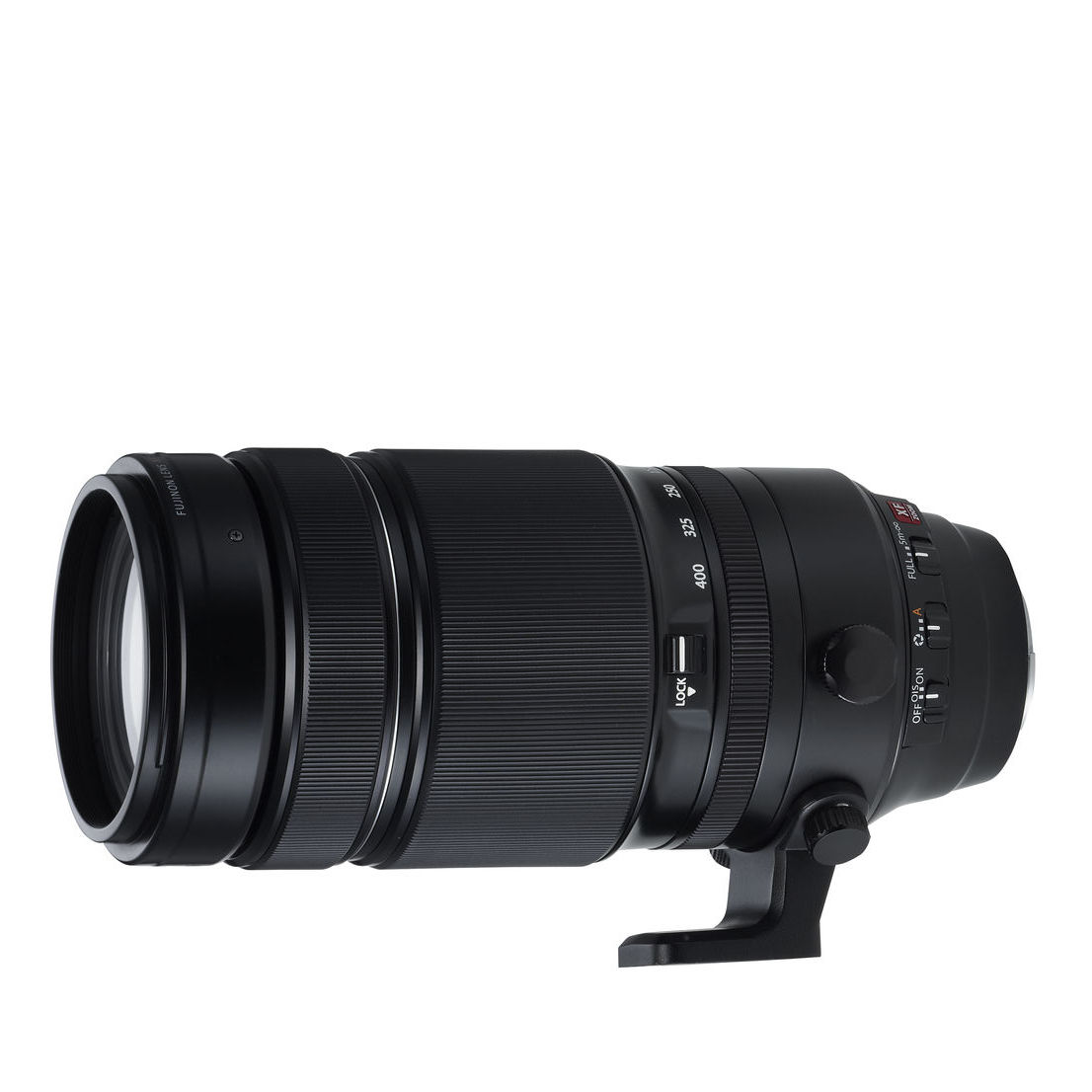
Fujifilm's other major telephoto zoom, the 100-400mm still scores big points with sports photographers for its robust build and excellent quality.
Read more below
Load more products ↴
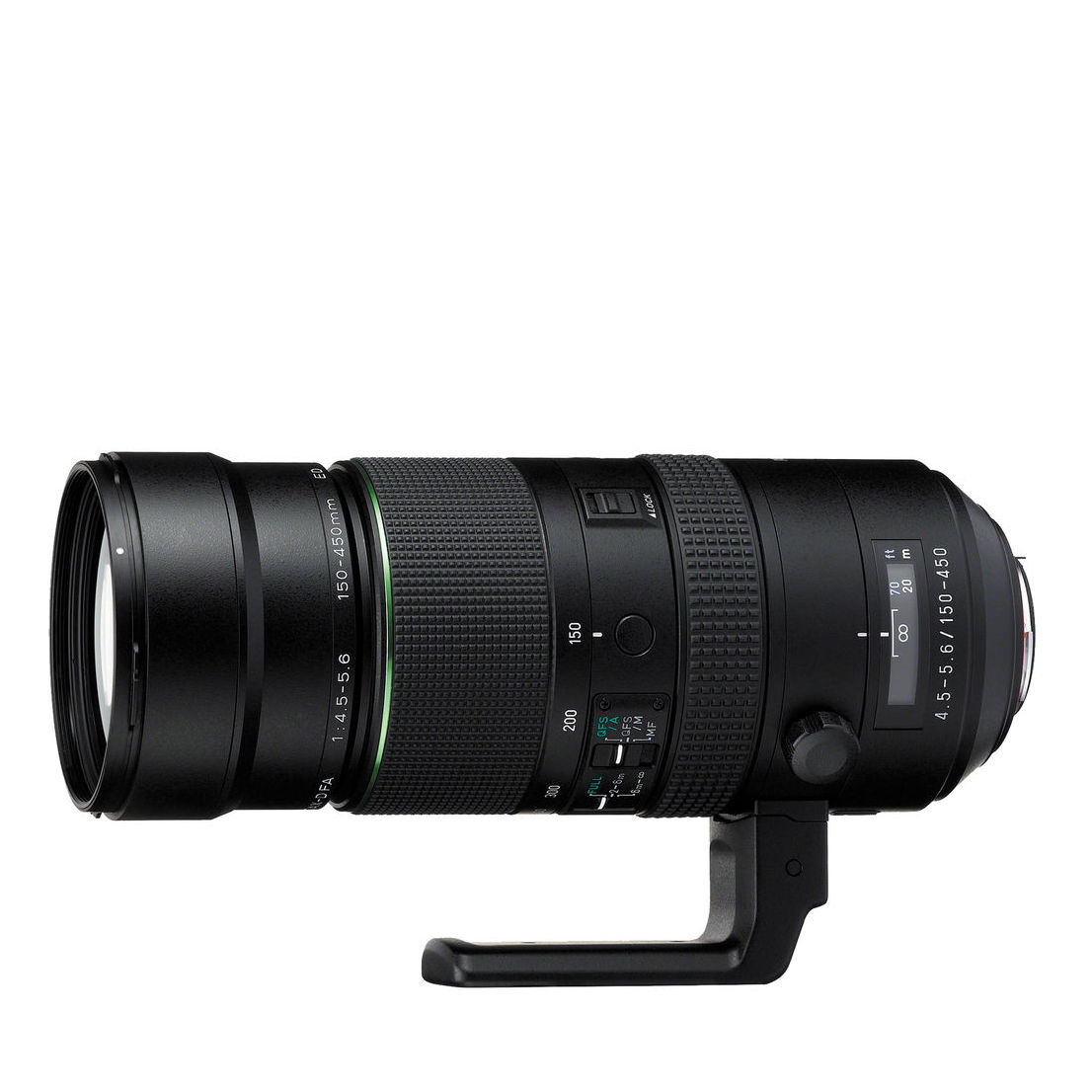
This capable zoom is a brilliant choice for anyone shooting sports on Pentax DSLRs, whether they're full frame or APS-C – and it's weatherproof, too.
Read more below

With Micro Four Thirds' 2x crop factor this becomes an equivalent 80-300mm, It's part of Olympus's telephoto trinity with a fast f/2.8 aperture and great performance.
Read more below
The best lens for sports photography
Why you can trust Digital Camera World
Best lens for sport photography: Canon
Canon shooters have a raft of incredible sports lenses to choose from but this is my current favorite. Note that EOS R mirrorless shooters can use EF-mount DSLR lenses via an adapter.
Canon RF 100-500mm
Specifications
Reasons to buy
Reasons to avoid
The Canon EF 100-400mm f/4.5-5.6L IS II USM has long been a favorite with Canon DSLR shooters, with the Mk II edition having a twist-ring zoom mechanism, rather than a push-pull arrangement. The RF 100-500mm for EOS R-series mirrorless cameras follows suit, also inheriting the smooth control ring.
Handling is refined, with a triple-mode, five-stop image stabilizer, a customizable control ring, and an autofocus-range limiter switch.
Helped by the inclusion of six UD (Ultra-low Dispersion) elements, one Super UD element, and Air Sphere Coating, image quality is excellent. The image stabilizer lives up to its claims on EOS R and RP cameras, and its effectiveness is further boosted when combined with the in-body stabilizers of newer EOS R-series cameras.
Read my full Canon RF 100-500mm review

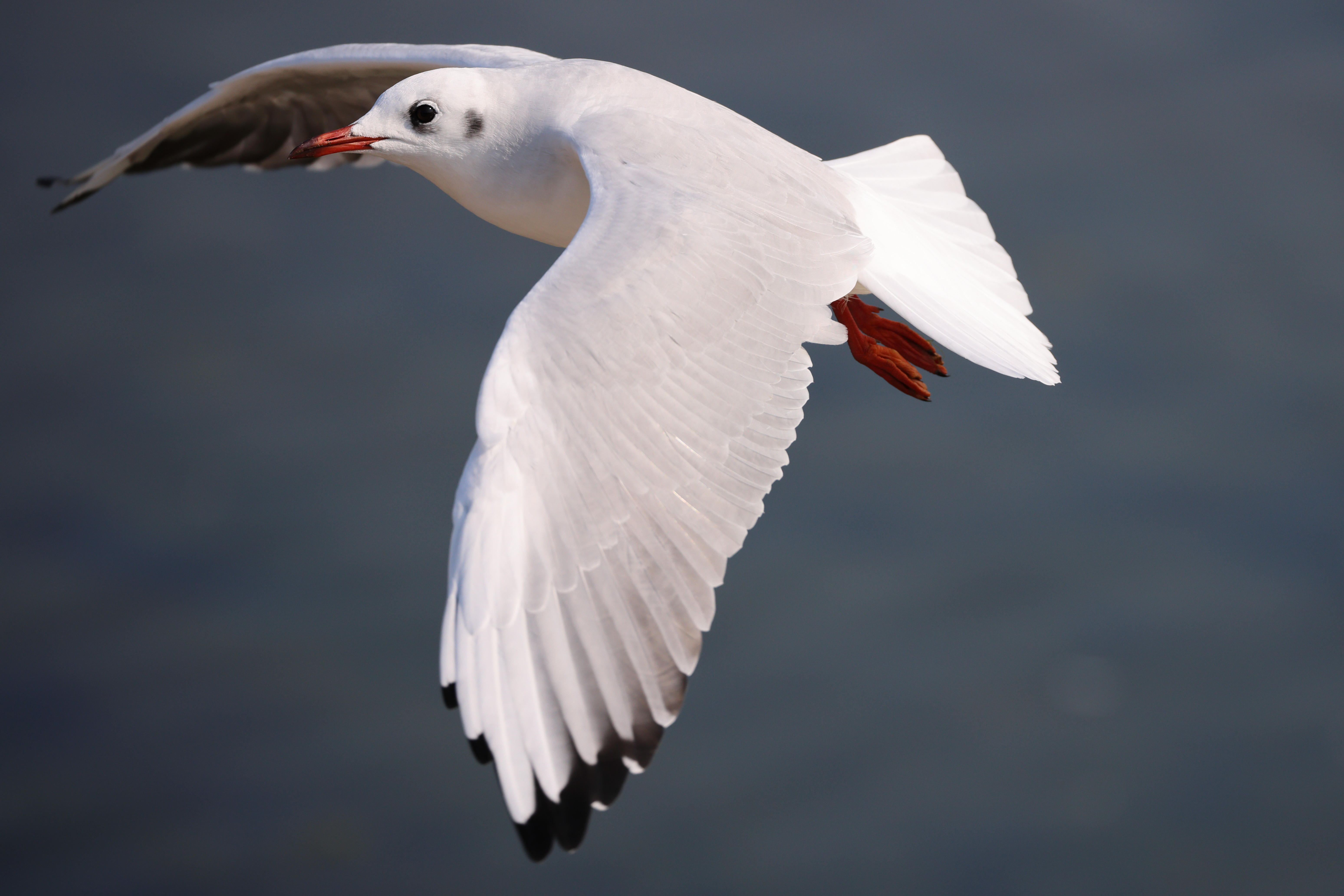
Features ★★★★★ | There’s a smorgasbord of features packed into this lens with optical stabilization, dual Nano USM autofocus motors and a very high-end optical path. |
Design ★★★★★ | Flourishes include a zoom ring torque adjustment, carried forward from the EF lens, and robust weather-sealed build quality. |
Performance ★★★★★ | Autofocus performance needs one of the more recent than original EOS R bodies to get the most out of the lens, but image quality is fabulous. |
Value ★★★★☆ | It’s pretty good value for what it is, but this lens will nevertheless make a sizeable dent in your bank balance. |
Best lens for sport photography: Sony
For Sony E-mount mirrorless, there are plenty of excellent lenses available – both Sony-made and from third-party manufacturers. Here is my top recommendatios.
Sony FE 200-600mm
Specifications
Reasons to buy
Reasons to avoid
I’ve been impressed by the Sony FE 100-400mm f/4.5-5.6 G Master OSS super-tele zoom for E-mount mirrorless cameras, but the newer 200-600mm really boosts telephoto reach, with only a minimal narrowing of the aperture rating. It’s also considerably less expensive, has similarly refined handling and delivers superb performance and image quality
Handling is excellent, with a switchable triple-mode optical stabilizer, an autofocus range limiter, and customizable AF-on/AF-lock buttons. Unusually for this type of lens, the overall physical length remains fixed throughout the zoom range.
The Direct Drive Super Sonic Motor autofocus system is fast, accurate, and ultra-quiet. The optical stabilizer works best in conjunction with in-body stabilizers featured in recent Sony cameras, and sharpness is both scintillating and consistent.
Read my full Sony FE 200-600mm f/5.6-6.3 G OSS review
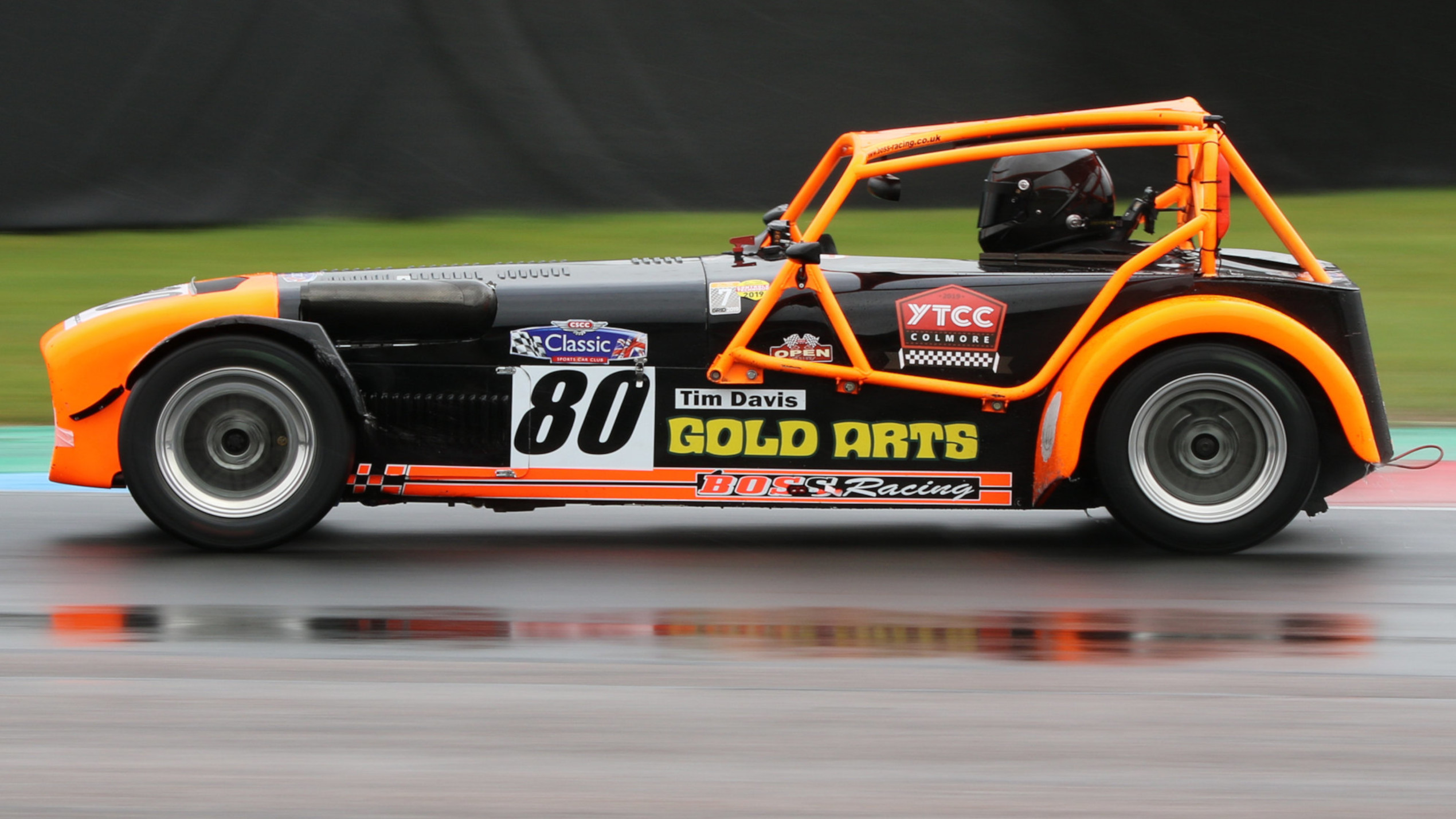
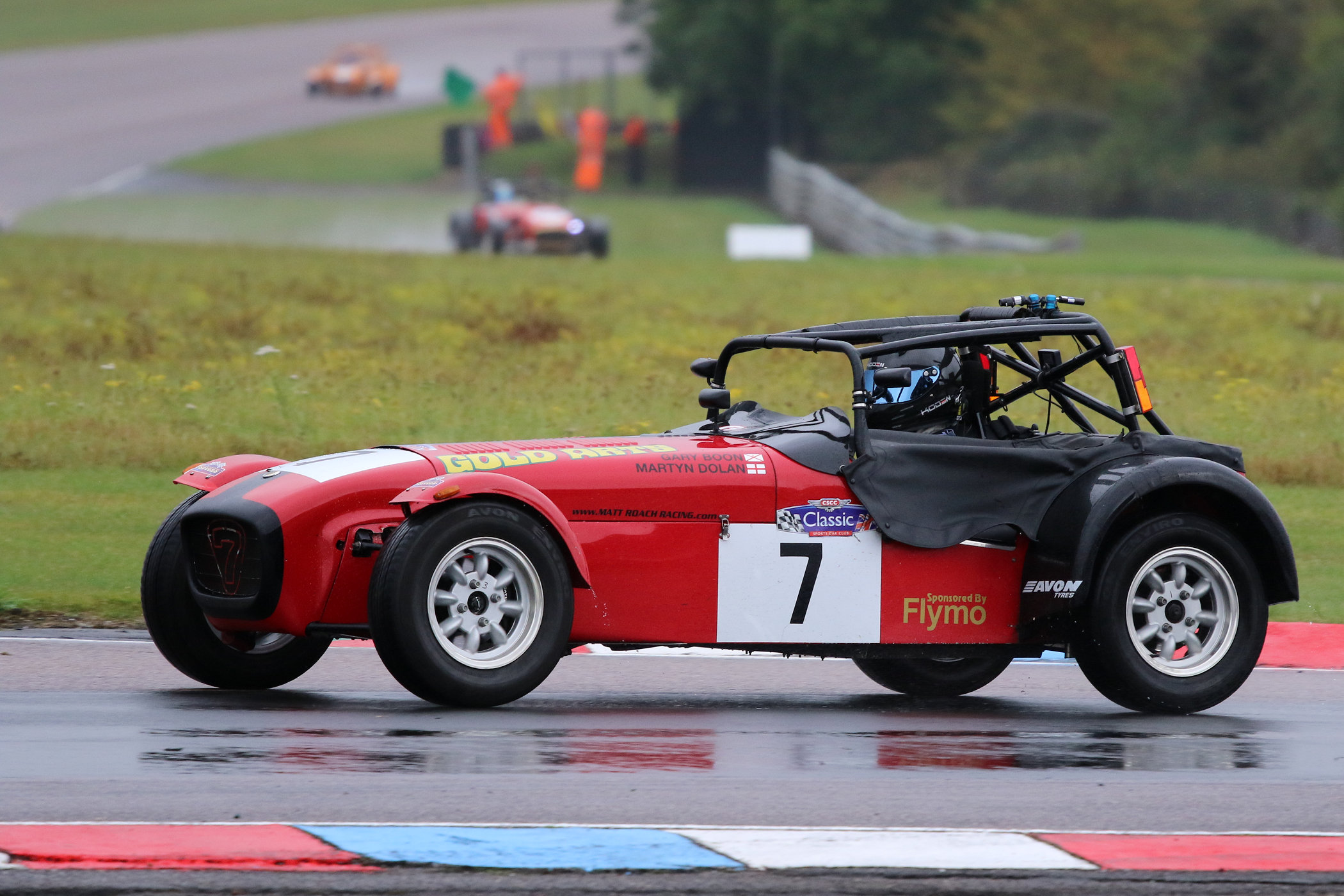

Features ★★★★★ | There are all the up-market controls, switches and handling extras you could hope for. |
Design ★★★★★ | It’s a necessarily big lens but less of a heavyweight than some, along with robust build quality. |
Performance ★★★★★ | Image quality is great throughout the entire zoom range, with effective stabilization and fast autofocus. |
Value ★★★★☆ | It’s pricier than the alternative Sigma lens but not bad value for an own-brand Sony G zoom. |
Best lens for sport photography: L-mount
Leica, Panasonic, and Sigma cameras share the L-mount system, and it's a Sigma lens that is my top pick for sports shooting using these cameras…
Sigma 150-600mm
Specifications
Reasons to buy
Reasons to avoid
A retooling of the already excellent DSLR lens, the Sigma 150-600mm f/5-6.3 DG DN OS Sports is the complete package for Sony E and Leica L shooters. Pairing superb internal optics with an all-around excellent weather-sealed build, this heavy-duty zoom lens is a big customer, but is really the only game in town for 150-600mm as far as users of the aforementioned mounts are concerned.
Of course, that wouldn't matter if the lens itself was no good. Fortunately, it's excellent. The optical path is a little different from the DSLR version, including 25 elements arranged in 15 groups, and it produces impressive sharpness throughout the entirety of the zoom range. There's some inevitable fall-off in the corners, but not enough to worry about, and it's the sort of thing that will be hidden anyway when you're shooting with a shallow depth of field.
The autofocus is excellent, though you'll need to make sure your camera is set up in the optimal way to take advantage of it. The build quality of the lens is also impressive – while no one is going to pretend this is a lightweight lens, it handles well, with tactile zoom and focus rings and a series of on-body controls for functions like AF speed, stabilization intensity, and in a new addition for the mirrorless version, Zoom Torque control to adjust the resistance of the zoom ring.
This is an all-around excellent lens that's absolutely worth the money for E-mount and L-mount users.
Read my full Sigma 150-600mm f/5-6.3 DG DN OS Sports review
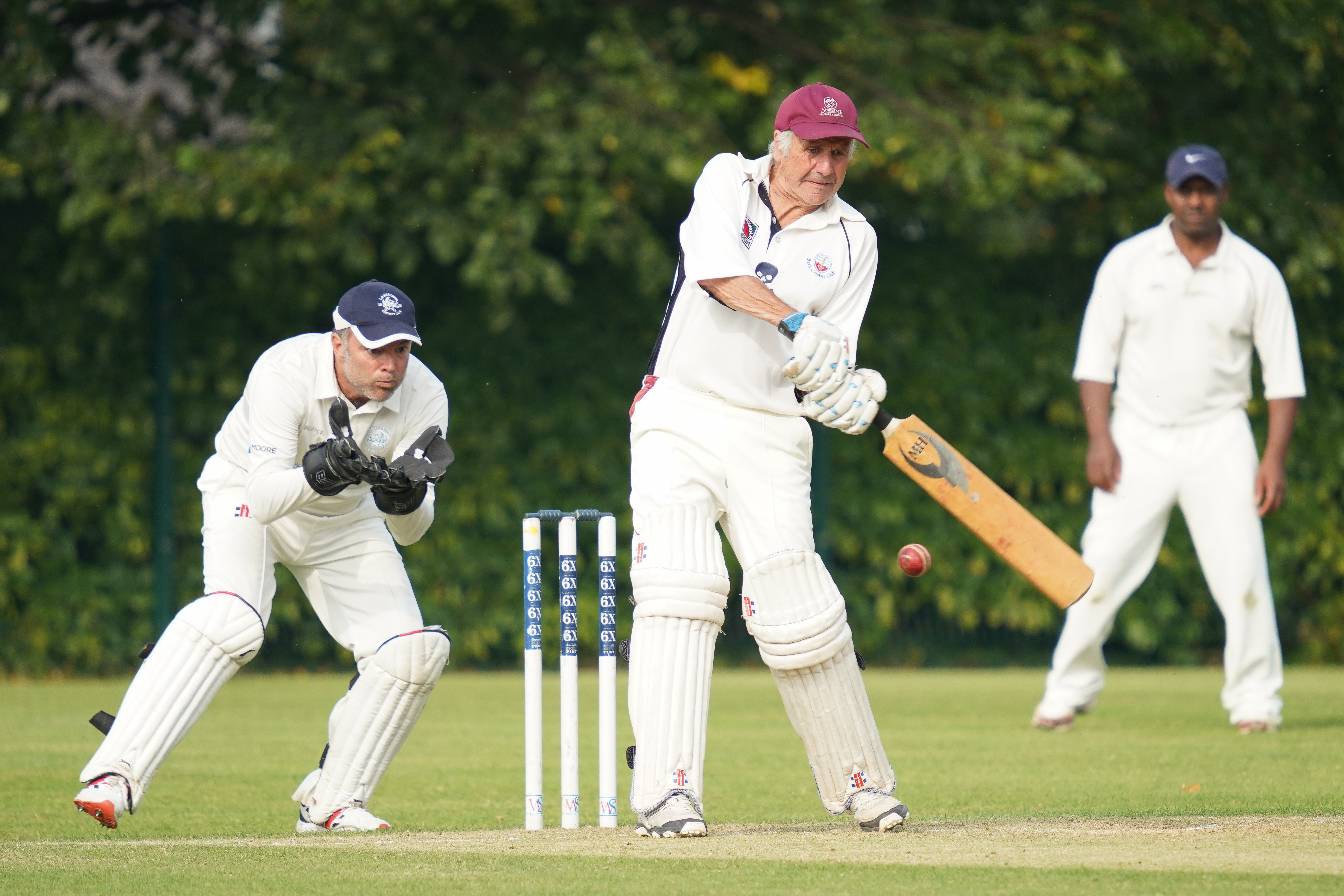
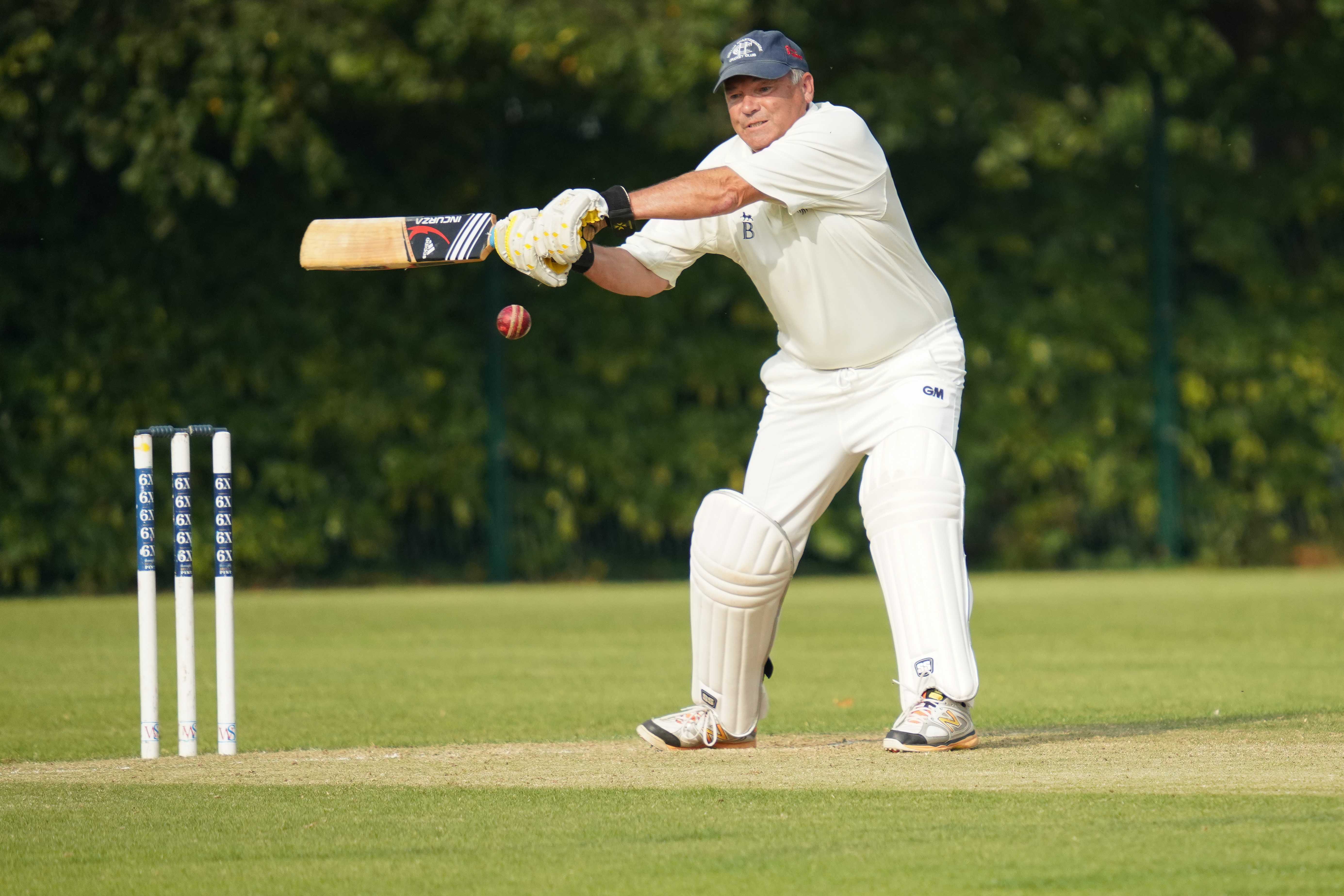


Features ★★★★★ | The lens inherits the high-end features and handling of the older version for DSLRs, in a smaller, lighter package. |
Design ★★★★★ | The design is very refined, while build quality is excellent and includes extensive weather-seals. |
Performance ★★★★★ | Excellent inherent sharpness is further boosted in real terms by highly effective optical stabilization. |
Value ★★★★★ | It’s a pro-grade super-telephoto zoom with a ‘consumer’ price tag, making it standout value. |
Best lens for sport photography: Nikon
My pick of sports photography lenses for Nikon includes options for Z-mount mirrorless and F-mount DSLRs. Nikon mirrorless users can also use DSLR lenses via a mount adapter, maintaining the full functionality of the lens.
Nikon AF-S 200-500mm
Specifications
Reasons to buy
Reasons to avoid
Nikon has long made a Nikkor AF-S 80-400mm f/4.5-5.6G ED VR lens – but, while it delivers excellent image quality, the focal length is relatively limited and it’s relatively pricey. This newer 200-500mm zoom is more affordable and packs in smart additional features.
These include a constant-aperture design, and an electromagnetically controlled diaphragm that ensures greater exposure consistency in rapid-fire shooting. Uprated VR (Vibration Reduction) is good for 4.5 stops and adds a ‘Sport’ mode for improved stability while tracking moving subjects.
During lab testing, it showed good levels of sharpness that remain impressively consistent throughout the entire zoom range, and overall image quality is of a high standard. Autofocus and stabilization systems work quickly and effectively. The maximum focal length falls a little short, compared with Nikon-mount Sigma and Tamron 150-600mm zooms, but performance levels are very good.
Read my full Nikon AF-S 200-500mm f/5.6E ED VR review
Features ★★★★★ | There’s fast autofocus, 4.5-stop dual-mode stabilization and unusually for a super-telephoto zoom, a constant aperture rating. |
Design ★★★★☆ | Handling is excellent and the lens isn’t overly heavy for its type. It’s also very nicely built but not fully weather-sealed. |
Performance ★★★★★ | Performance is excellent in all respects, from autofocus and stabilization to image quality throughout the whole zoom range. |
Value ★★★★☆ | The Nikon is very good value for money as an own-brand lens, competing with third-party contenders. |
Nikon Z 180-600mm
Specifications
Reasons to buy
Reasons to avoid
Nikon very much sees this as the Z-mount successor to the popular AF-S 200-500mm f/5.6E ED VR lens featured above. It's an ultra-telephoto lens that's highly capable, but also reasonably affordable to amateurs and enthusiasts as well as professionals. That extra-broad zoom range gives the user real shooting flexibility, too.
In my review, I was blown away by this absolute cracker of a lens. It's razor-sharp right the way through that big focal range, and the build makes it lightweight enough for prolonged handheld use. Autofocus is lightning-fast and pinpoint accurate – which is really all you can ask for as far as sports photography is concerned.
Even when the conditions are challenging, this lens delivers the goods, and it's an eminently worthy successor to the excellent DSLR lens that preceded it.
Read my full Nikon Z 180-600mm f/5.6-6.3 VR review
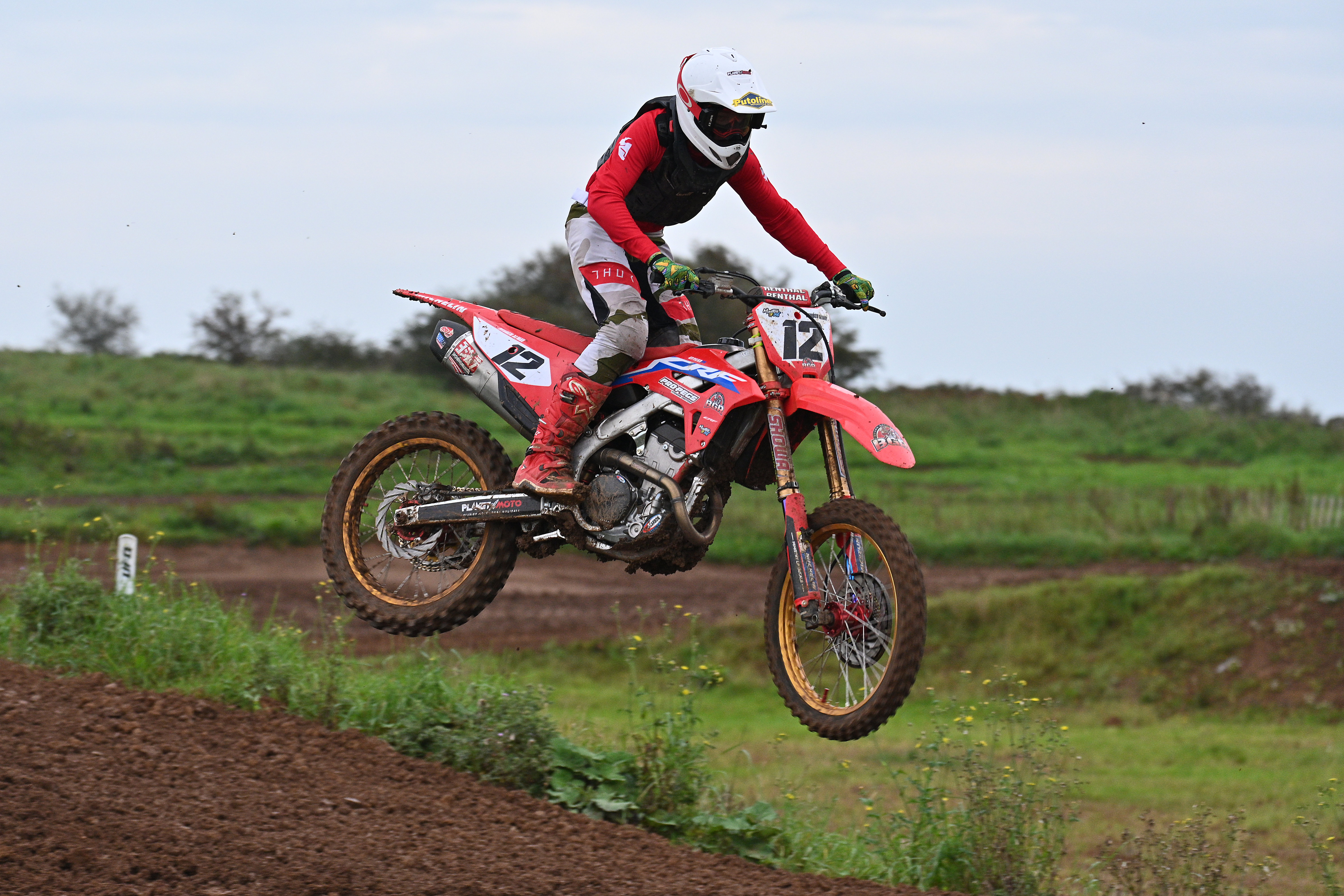
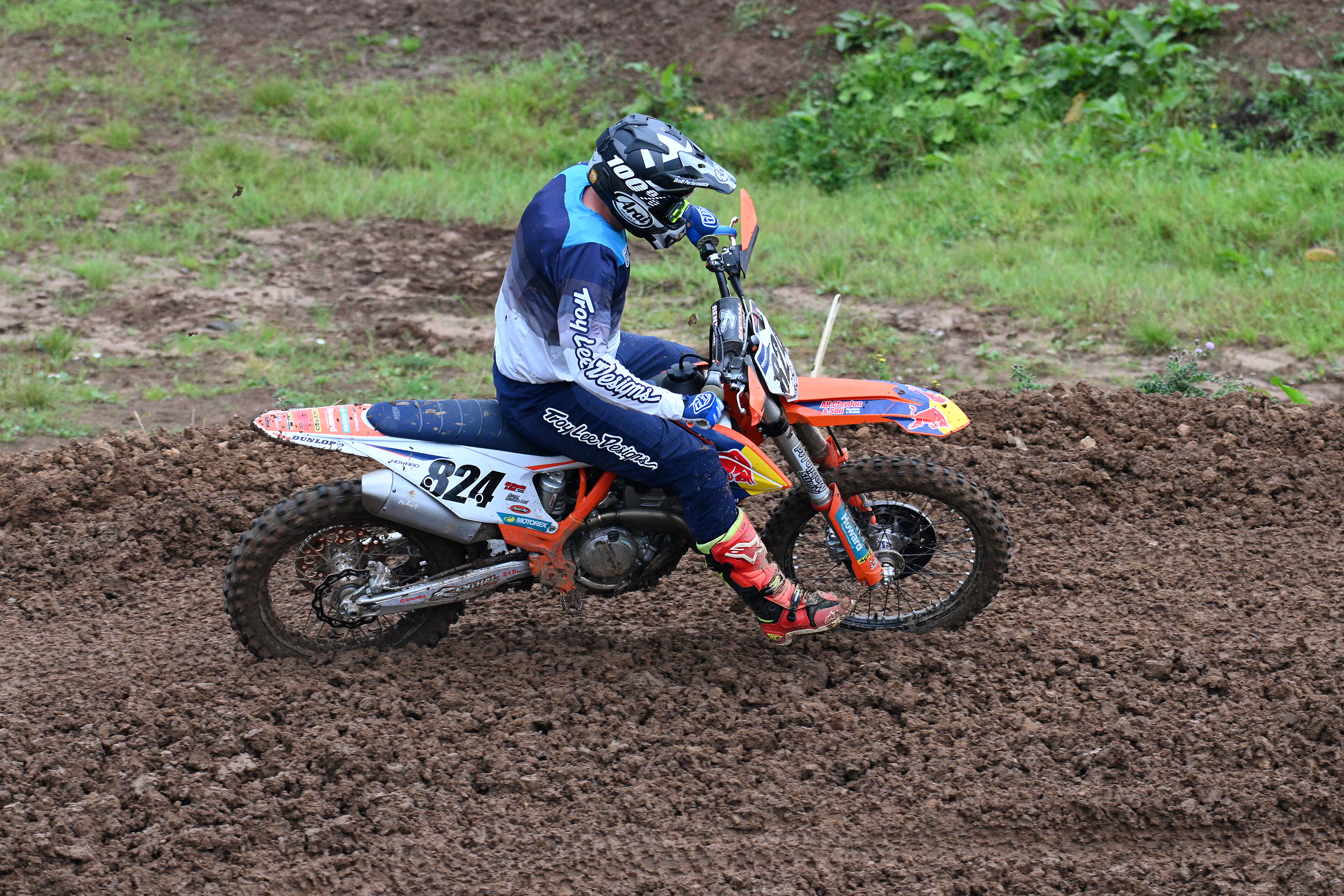
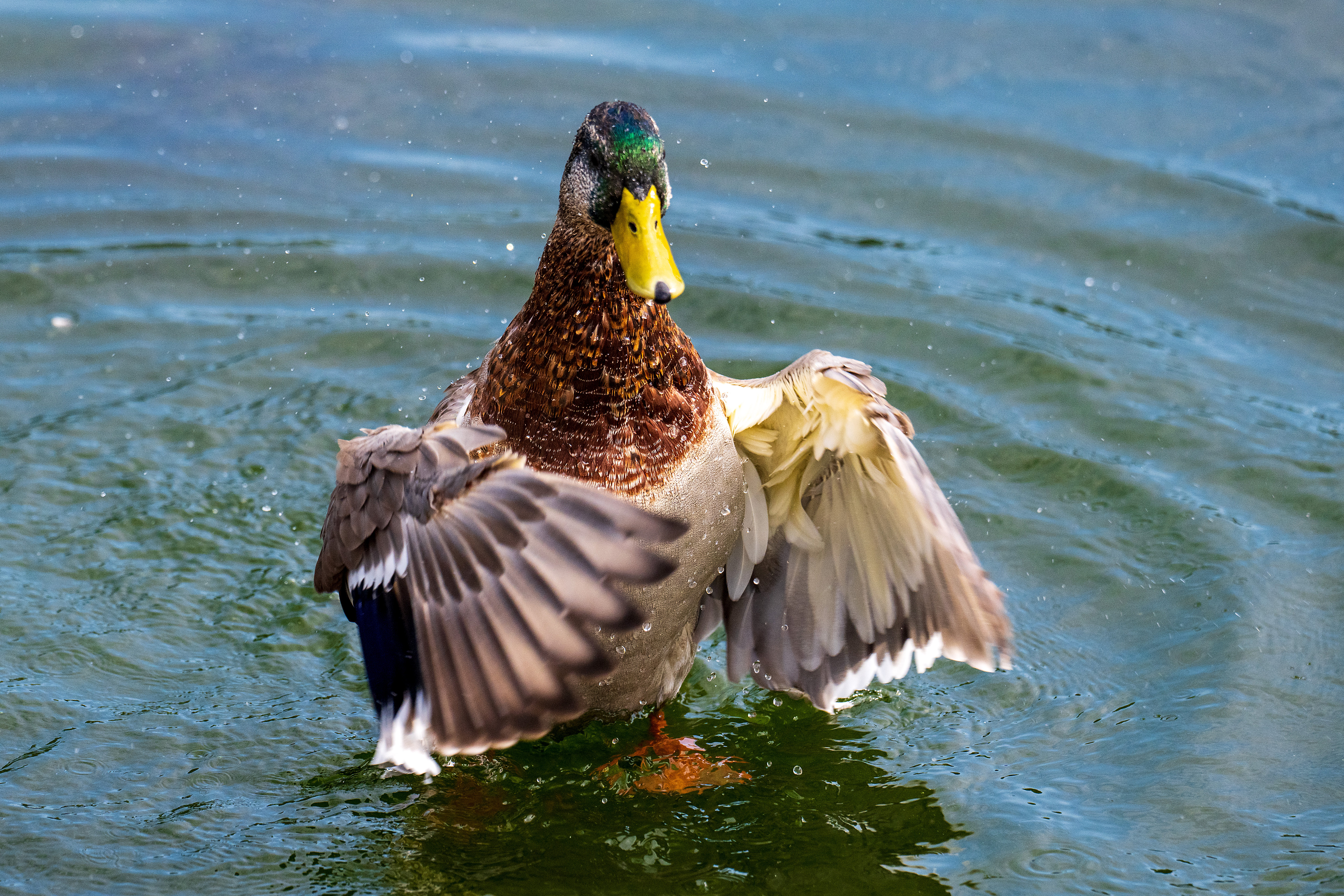
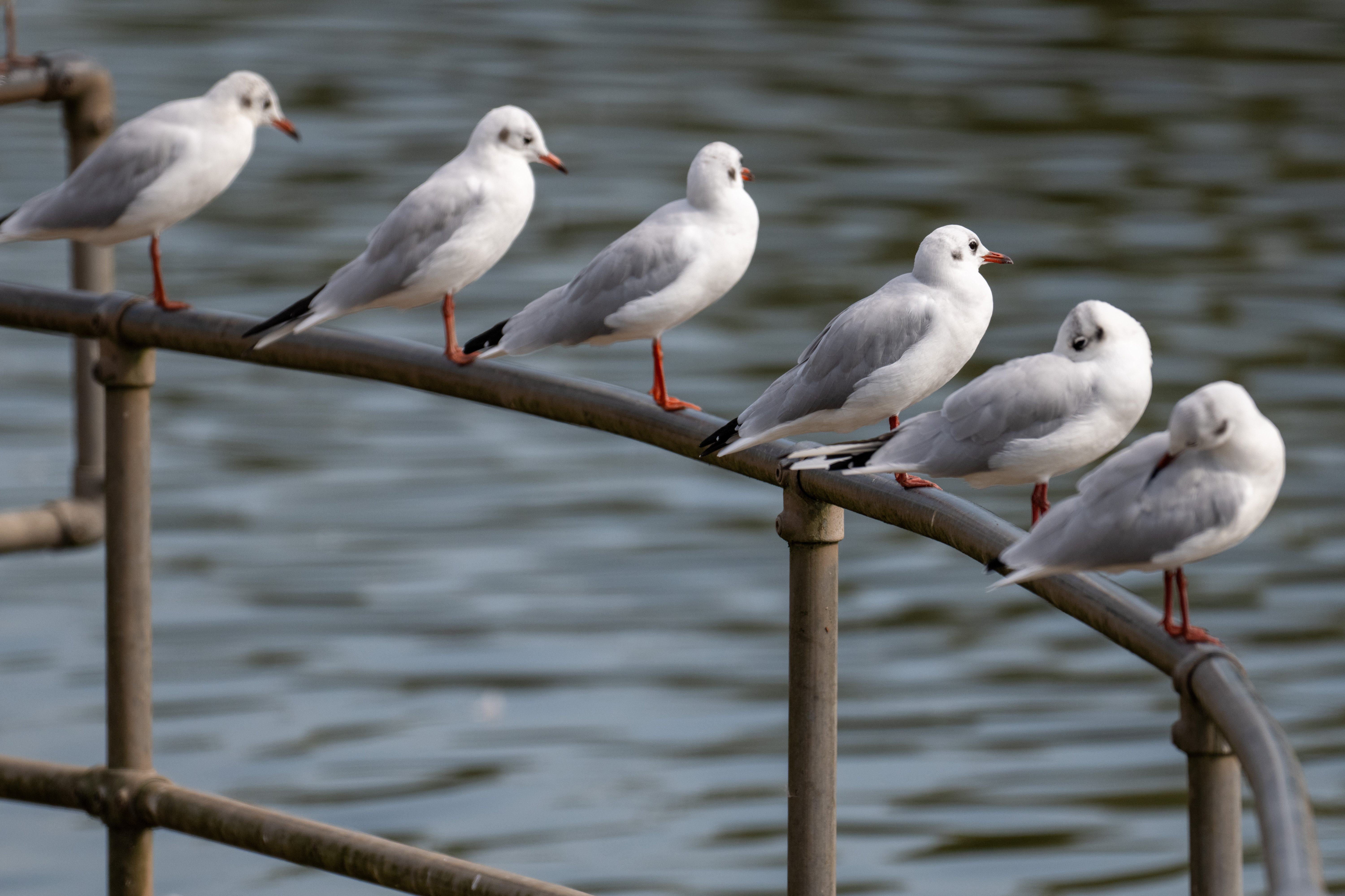
Features ★★★★★ | Compared with Nikon’s F-mount 200-500mm zoom, this one has longer telephoto reach and more effective 5.5-stop optical stabilization. |
Design ★★★★★ | The lens is impeccably built with extensive weather-seals and is noticeably lighter than Nikon’s 200-500mm lens. |
Performance ★★★★★ | Sharpness and clarity are exceptional, even at the longest zoom setting, backed up by super-fast autofocus and highly effective stabilization. |
Value ★★★★☆ | It’s pricier than the F-mount 200-500mm lens but well worth the extra outlay. |
Best lens for sport photography: Fujifilm
For a while, super-telephoto shooters using Fujifilm's X-mount didn't have a whole lot of choice. However, with the introduction of speedster cameras like the X-H2S, Fujifilm has signified its intentions to be a player in the sports photography circuit, and that has come with expansion of the lens range. This is my pick of the bunch.
XF100-400mm
Specifications
Reasons to buy
Reasons to avoid
Thanks to the X series' crop factor, this lens effectively gives you a 150-600mm focal range, which should be plenty for most sports photography applications.
It comes with a string of letters after its name, denoting a physical aperture ring, a linear motor autofocus system, optical image stabilization and a weather-resistant construction – ticking pretty much all of the boxes on a Fujifilm sports photographer’s wishlist.
The lens is beautifully engineered, with a high-precision feel to all its controls, and no hint of zoom creep. The optical path includes five ED (Extra-low Dispersion) elements, plus a Super ED element. The autofocus system’s dual linear stepping motors enable very fast performance, and the five-stop stabilizer is highly effective.
Read my full Fujifilm XF 100-400mm f/4.5-5.6 R LM OIS WR review
Features ★★★★★ | The super-telephoto zoom range stretches to an ‘effective’ 609mm, backed up by 5-stop optical stabilization and an aperture control ring. |
Design ★★★★☆ | It’s pretty weighty and lacks AF-on/hold function buttons but does include extensive weather-seals. |
Performance ★★★★☆ | Autofocus is fast and stabilization is highly effective but sharpness drops off towards the long end of the zoom range. |
Value ★★★★☆ | It’s pretty good value for money but is nevertheless an expensive lens and certainly not a bargain buy. |
Best lens for sport photography: Pentax
Pentax has long been renowned for its tough, weather-resistant DSLRs. There are some good options when it comes to sports photography lenses but this is the one I'd recommend.
Pentax-D 150-450mm
Specifications
Reasons to buy
Reasons to avoid
This lens is a great option whether you're using full-frame DSLRs like the Pentax K-1 Mark II or APS-C bodies like the Pentax K-3 Mark III (where it gives an effective focal range of 230-690mm).
It has plenty of autofocus tricks, boasting Quick Shift modes with auto and manual priority modes along with an AF preset function, though autofocus speed itself can be a little bit pedestrian.
Other goodies include four customizable buttons around the middle of the lens, tough weather-sealed construction, HD coatings to reduce ghosting and flare along with a ‘super protect’ coating on the front element.
Sharpness does drop off at the long end, which isn't helped by the absence of stabilization (relying on you having a stabilized body), but otherwise this is a high-tech and incredibly robust lens for sports shooters.
Read my full HD Pentax-D FA 150-450mm f/4.5-5.6 ED DC AW review
Features ★★★☆☆ | There’s an autofocus preset and range limiter but no optical image stabilization. |
Design ★★★★☆ | Typical of up-market Pentax kit, the lens feels solid and robust, and features no less than 21 weather-seals. |
Performance ★★★☆☆ | Autofocus is comparatively sluggish and noisy by the latest standards and image quality could be sharper. |
Value ★★★☆☆ | It’s expensive compared with third-party offerings and relatively poor value for money. |
Best lens for sport photography: Micro Four Thirds
The open Micro Four Thirds (MFT) mount is used on Olympus / OM System, Panasonic Lumix G, Blackmagic and other cameras. The 2x crop factor of MFT sensors is a real asset, as it doubles your reach.
OM System 40-150mm
Specifications
Reasons to buy
Reasons to avoid
The OM System M.Zuiko 40-150mm f/2.8 Pro (previously available as an Olympus lens) offers an enviable 80-300mm equivalent focal range, and is the telephoto member of the OM / Olympus trinity family of Pro lenses – which also includes the standard M.Zuiko 12-40mm f/2.8 Pro II (a 24-80mm equivalent) and the wide M.Zuiko 7-14mm f/2.8 Pro (14-28mm).
Unless you're working at close quarters, the 40-150mm offers the most versatile focal range for sports shooters. And it's compatible with both 1.4x and 2.0x teleconverters, giving it a maximum effective range of 160-600mm!
It boasts IP53 weather sealing and truly excellent build quality, including a manual focus clutch and an ingeniously designed lens hood that's both integrated and collapsible. It's inescapably a larger lens, though, and will pair better on bigger bodies like the OM System OM-1 Mark II or Olympus OM-D E-M1X.
Optically it's a formidable performer, with good sharpness, negligible fringing and zero distortion, though corner sharpness is a bit mediocre.
Read my full Olympus / OM System M.Zuiko 40-150mm f/2.8 Pro review
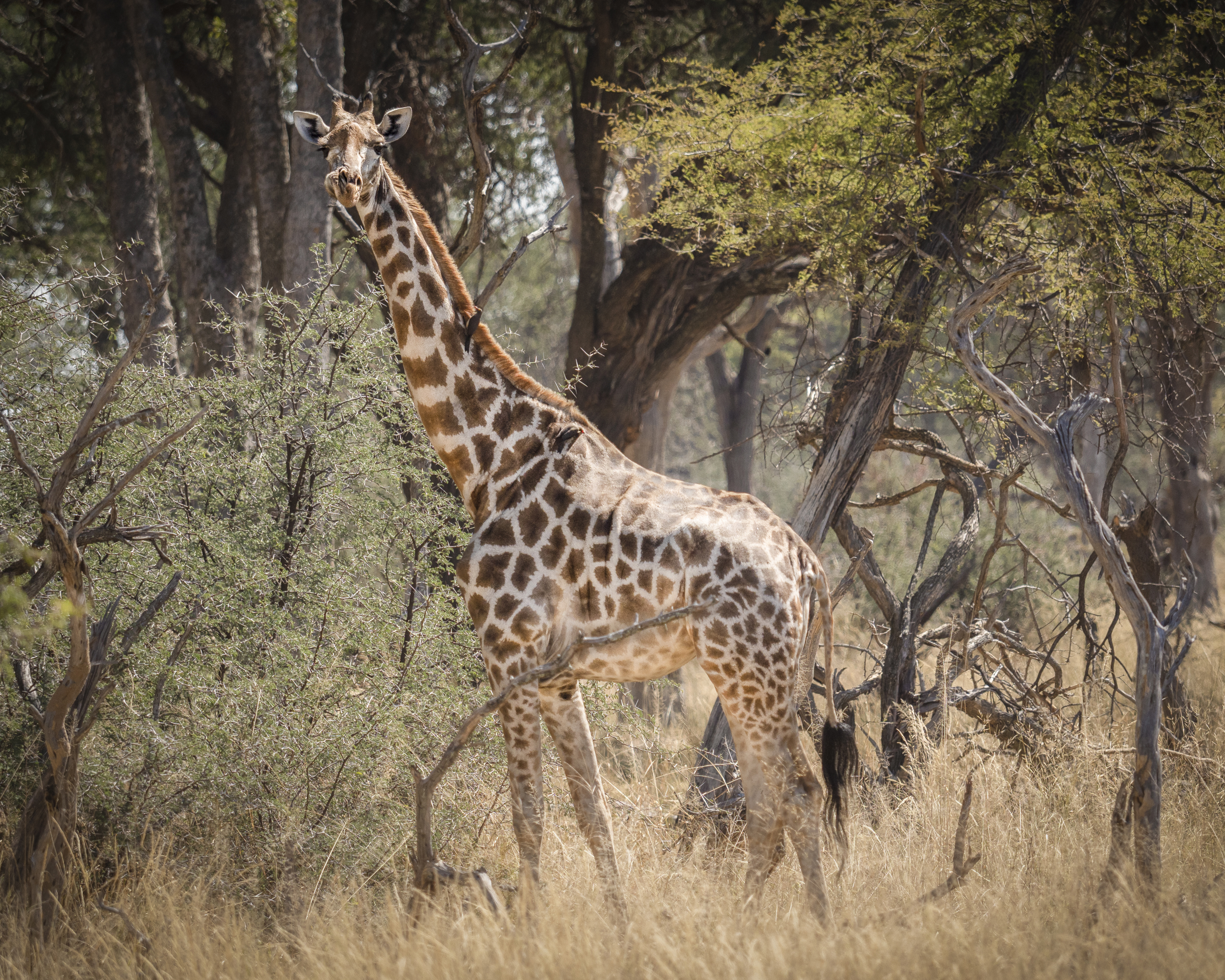


Features ★★★★☆ | There’s no optical image stabilization but it competes with 70-200mm f/2.8 ‘trinity’ full-frame telephoto zooms, yet with a longer 80-300mm effective zoom range. |
Design ★★★★★ | Weather-proofed build quality and handling are consummately pro-grade, complete with a focus distance scale that’s highly unusual nowadays. |
Performance ★★★★★ | It’s not the ‘sharpest’ lens that’s ever been through out labs but image quality has great clarity and color rendition. |
Value ★★★★★ | If you compare this lens to typical own-brand 70-200mm f/2.8 lenses, it’s exceptional value for money. |
Lab data and comparisons
The graphs below show the comparative performance of the lenses in this guide, based on our in-house lab tests. The Canon RF 100-500mm and Nikon Z 180-600mm both score very highly for sharpness, with the Sony FE 200-600mm and Sigma 150-600mm coming very close behind. There’s not much distortion on show, while the Pentax 150-450mm is technically worst for color fringing.
Scores for sharpness and color fringing are averaged from data taken across the entire image frame, from the center to the edges and corners, throughout the aperture range. For zoom lenses, the scores are also averaged from data measured at all marked focal lengths, and the same applies to distortion. Bear in mind that these average values don't fully reflect specific areas of performance. For example, a zoom lens might have noticeable barrel and pincushion distortion at its shortest and longest focal lengths respectively, which tends to average out when looking at the data overall. For more detailed graphs of each lens's performance, which give the full picture, check out the graphs in our full standalone lens reviews.
How to choose the best lens for sports photography
When picking lenses for sports photography, you're going to need to prioritize a number of things. A decent telephoto focal length is going to be a given, as sports by their nature don't allow you to get close to the action. And at this range, you're going to likely need a capable stabilization system to help keep shots sharp, as you may not always be able to rely on being able to use a tripod. Having as wide a maximum aperture as possible will also be handy; sports photography generally requires fast shutter speeds, so being able to open up the lens will help you ensure enough light gets in without having to amp up the ISO.
Fast focusing is a must – a lens needs a powerful system that'll lock-on quickly. Also, given that many sports take place outdoors, some measure of weatherproofing is highly advisable.
What focal length do professional sports photographers use?
There's no single answer to this – as of course it does depend somewhat on the sport being shot! If you're courtside at a basketball game, for instance, you could probably get away with shooting on a 50mm, but most sports photographers don't have that luxury. As a general rule, having at least 200mm to work with is a good idea, with some leeway in both directions depending on the specifics of your chosen sport.
What lens should I use for sports videography?
In general, the best lenses for sports videography are going to be the same as for photography – you still need to prioritize a long focal length, decent stabilization and fast focusing. There are a few other features you might want to pay attention to – getting something with silent autofocus is a good idea, and you may also want to look for a clickless aperture ring for smooth exposure transitions.
How we test lenses
The lens experts in our testing lab run a range of tests under controlled conditions, using the Imatest Master testing suite. Photos of test charts are taken across the range of apertures and zooms (where available), then analyzed for sharpness, distortion and chromatic aberrations.
We use Imatest SFR (spatial frequency response) charts and analysis software to plot lens resolution at the centre of the image frame, corners and mid-point distances, across the range of aperture settings and, with zoom lenses, at four different focal lengths.
There's more to it than just the technical side, though! Beyond the lab, our reviewers test lenses in real-world environments – and sometimes on professional shoots! We work with lenses both indoors and outdoors, in studio conditions and in natural light, with as many different subjects as is possible (or appropriate – there's no point testing a landscape lens' ability to shoot a portrait!).
We take into account everything from handling and ease of use to speed of autofocus and the overall quality of the images produced.
Find out more about how we test and review on Digital Camera World
The best camera deals, reviews, product advice, and unmissable photography news, direct to your inbox!
Matthew Richards is a photographer and journalist who has spent years using and reviewing all manner of photo gear. He is Digital Camera World's principal lens reviewer – and has tested more primes and zooms than most people have had hot dinners!
His expertise with equipment doesn’t end there, though. He is also an encyclopedia when it comes to all manner of cameras, camera holsters and bags, flashguns, tripods and heads, printers, papers and inks, and just about anything imaging-related.
In an earlier life he was a broadcast engineer at the BBC, as well as a former editor of PC Guide.
- Adam WaringGuides Editor
